MEL Chemistry is a monthly AR‑powered STEM subscription box from MEL Science intended for kids ages 9-14. You can subscribe to the box for $34.90 each month. Each monthly kit contains 2-3 science experiments with enough materials to try it twice, plus step-by-step instructions. All the experiments are designed for home use.
DEAL: Get 25% off your first month! Use coupon code HELLO25.
This is the review of the MEL Chemistry – Artificial Sea box.
It includes 2 activities: Chemical Jellyfish and Chemical Seaweed.
They also listed all the box contents and provided us information on how it works.
The box was well-sealed.
Each activity comes with its own instruction and information sheet.
The inside of the top lid provided us more instructions before we start the experiments.
The box is also filled with different chemical bottles!
We also got a pamphlet.
It contains a message from Vassili, Founder of MEL Science. He also shared different things that parents can do to motivate their children.
There’s another guide for the experiments.
The guide contains advice for supervising adults, safety rules, general first aid information, local hospital or poison center, chemicals disposal, reagents list, and instructions.
There’s a page dedicated to safety, disposal, and step-by-step instructions in making chemical seaweed.
Of course, there’s also a separate page for the chemical jellyfish.
This is always great to have in handy since we’re dealing with various chemicals here.
Everything in the box!
Here are the experiment cards for this box’s activities. The cards show us the level of difficulty, danger, and duration of the activity.
Activity #1: Chemical Jellyfish. For this experiment, we are going to make drops of certain solutions into amazing jellyfish in a petri dish!
The back of the activity card explains the phenomena behind this activity.
The complete and illustrated instructions can be found inside the cards. Even the images are labeled so we can easily follow them.
For this experiment, we used the liquid glass, copper (II) sulfate, zinc sulfate, potassium hexacyanoferrate (II), copper (II) sulfate, iron (II) sulfate, manganese (III) sulfate, iron chloride (III), protective gloves, double-ended measuring spoons, wooden sticks, and pin opener. The petri dish is from the starter kit.
It’s also recommended to do the experiment on a tray. For safety, we dispose of solid waste together with household garbage, while the solutions go down the sink and washed with an excess of water.
The first thing that my daughter did was pour two bottles of liquid glass in the petri dish and spread the liquid evenly. She then took the metal salts solutions and added 4-5 drops of each on different places on the dish. She also did them in various heights.
Aside from the printed guides, there are also virtual guides that make it easier for the kids to do the experiments. They just need to take the smartphone stand from the starter kit to hold the phone or gadget to be used while they do the activities! You can scan the QR code right on the experiment and it will walk you through, with fun animations and sometimes songs!
After 3 minutes, here are the results! The droplets turned into what looked like small jellyfishes! Also, if you want to keep them, you can leave the petri dish for 2-3 weeks for them to completely dry.
Activity #2: Chemical Seaweed. Our next activity is growing artificial seaweeds in a beaker!
The back of the card explains the process and reactions that will take place in the experiment and how it will result in growing seaweeds in the beaker!
The inside of the card shows the detailed and illustrated instructions.
For this experiment, we used potassium hexacyanoferrate (II), zinc sulfate, iron chloride (III), copper (II) sulfate, double-ended spoon, and wooden stick. From the starter kit, we used the 150 ml glass beaker.
First, my daughter filled the beaker with 100 ml of water.
Then, she took the double-ended spoon and the potassium hexacyanoferrate (II).
She added 2 big spoonfuls of the potassium hexacyanoferrate (II) to the water in the beaker.
Next, she used the wooden stick to stir and dissolve it completely in the water.
To one spot in the beaker, she also added copper (II) sulfate crystals, and to another side, she added crystals of zinc sulfate.
She left the beaker undisturbed for 20-30 minutes.
After some time, we saw something growing in the water!
My daughter also used the timer in the virtual guide, and at almost 24 minutes, there are the artificial seaweeds!
It looks like we’re looking into a glass aquarium, without the fishes!
We then added a few drops of iron chloride (III).
Adding the liquid solution has the same reaction, as we witnessed more seaweeds grow in the beaker!
Chemistry is like magic as we can form new stuff from mixing or adding chemicals or solutions to another, just like in this box of MEL Chemistry! It’s really fun and amazing to see things grow or appear, and actually seeing the reaction is marvelous. My daughter enjoyed the activities, they are very educational. The box is also complete with safety gear and instructions plus disposal guides and tips, which makes it easier not just for the kids but for adults too, especially during clean-up time. With this box, we can enjoy doing science experiments and learning about different scientific principles at home!
What do you think about the MEL Chemistry subscription ?
Visit MEL Chemistry by MEL Science to subscribe or find out more!
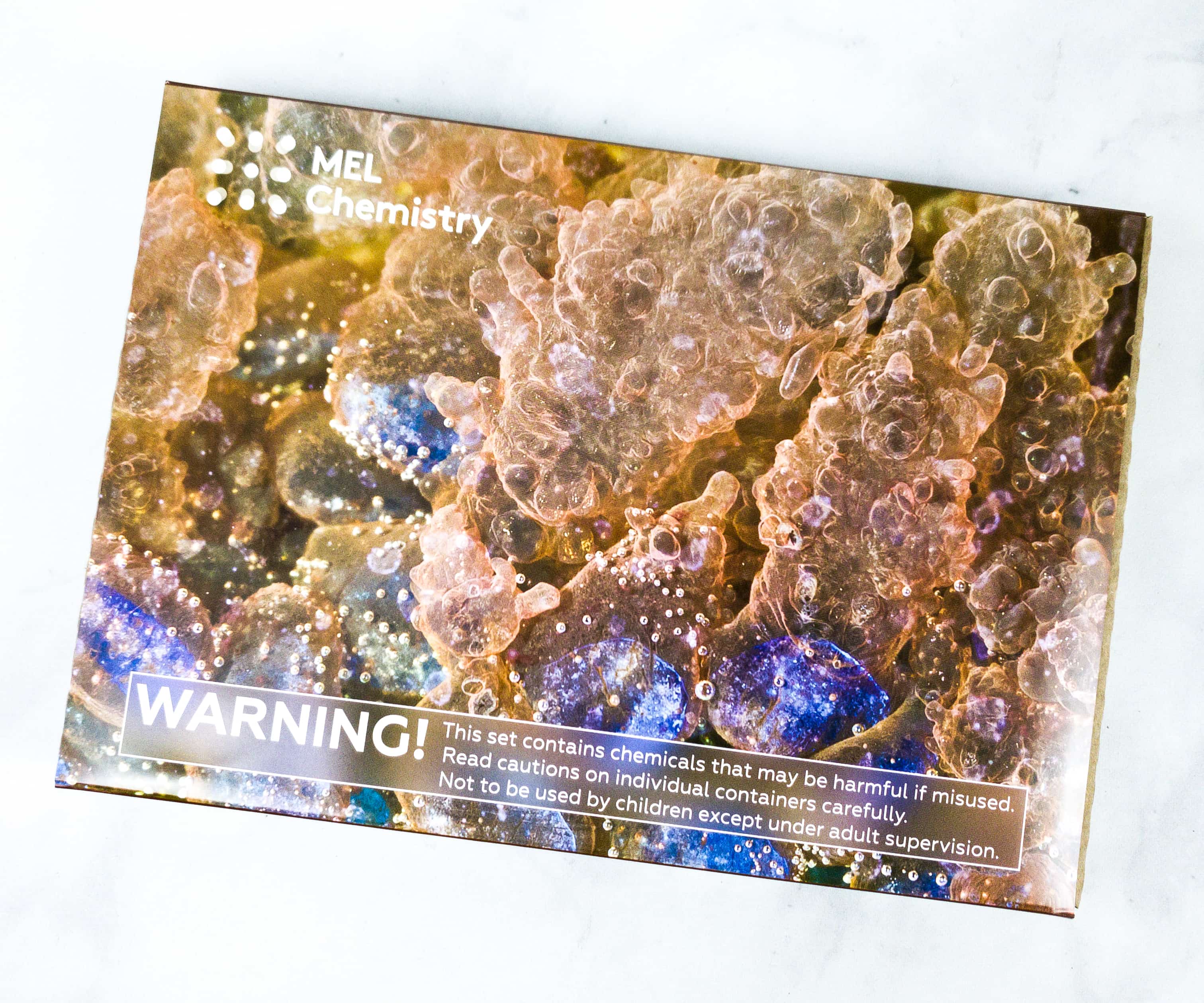
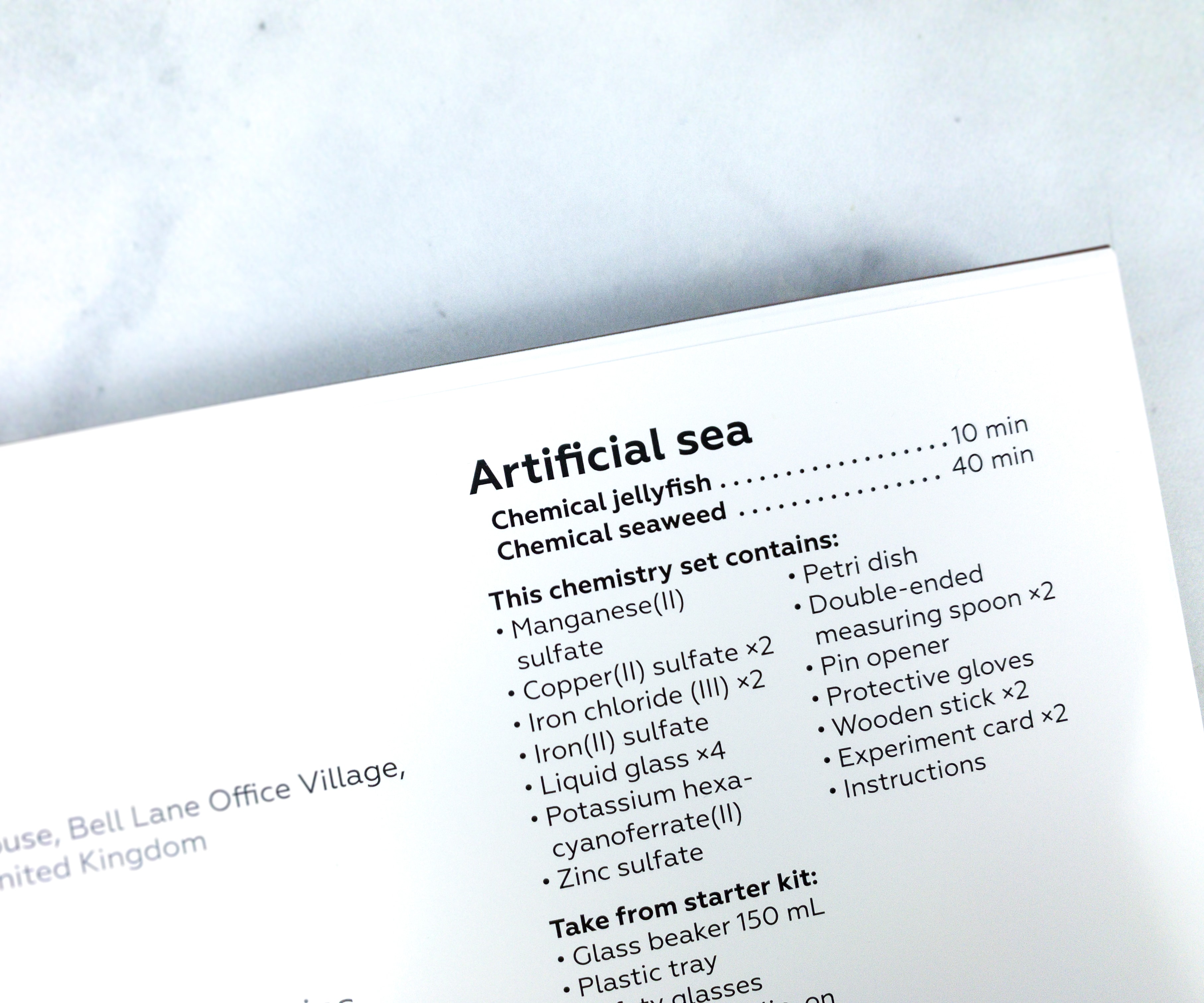
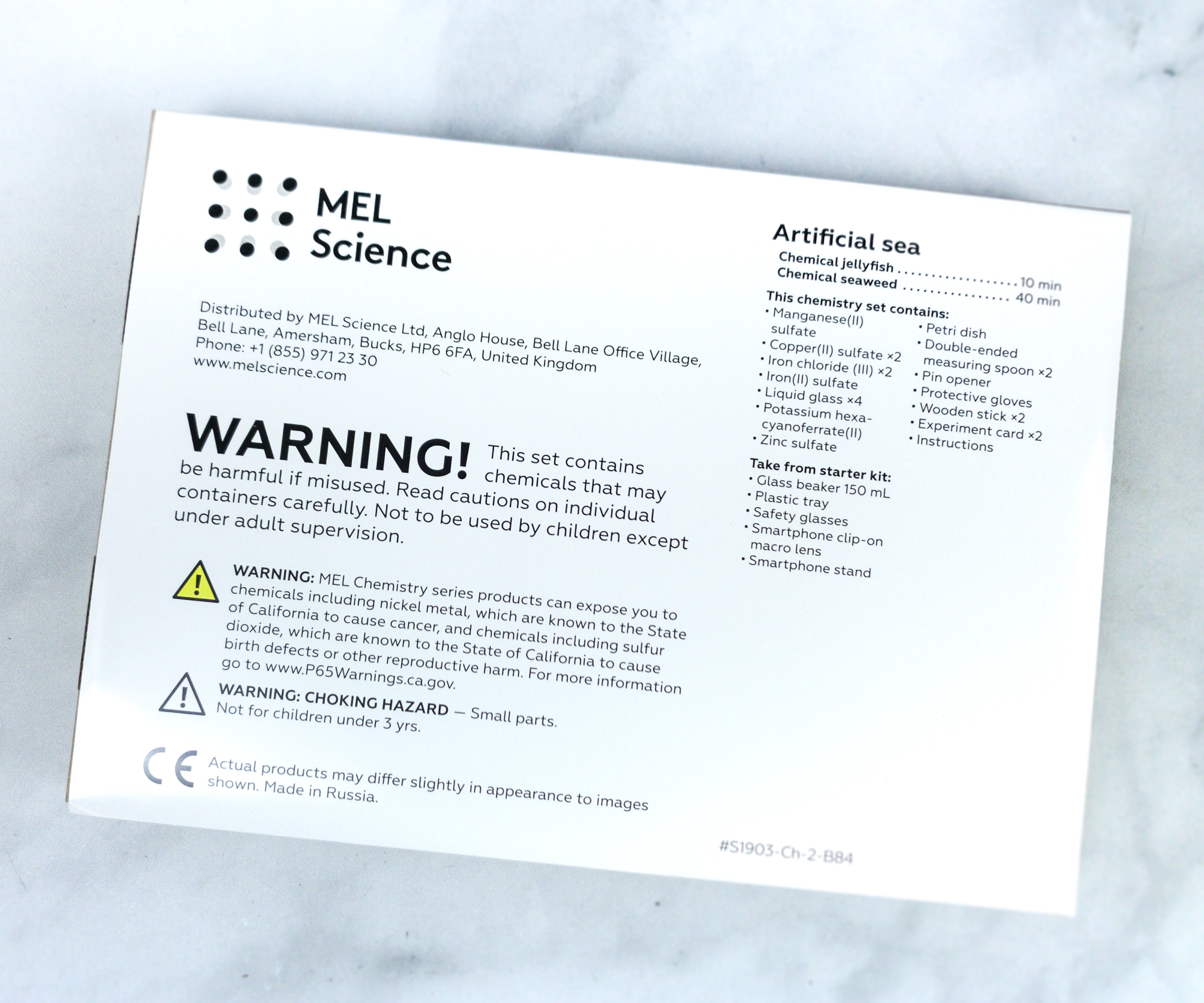
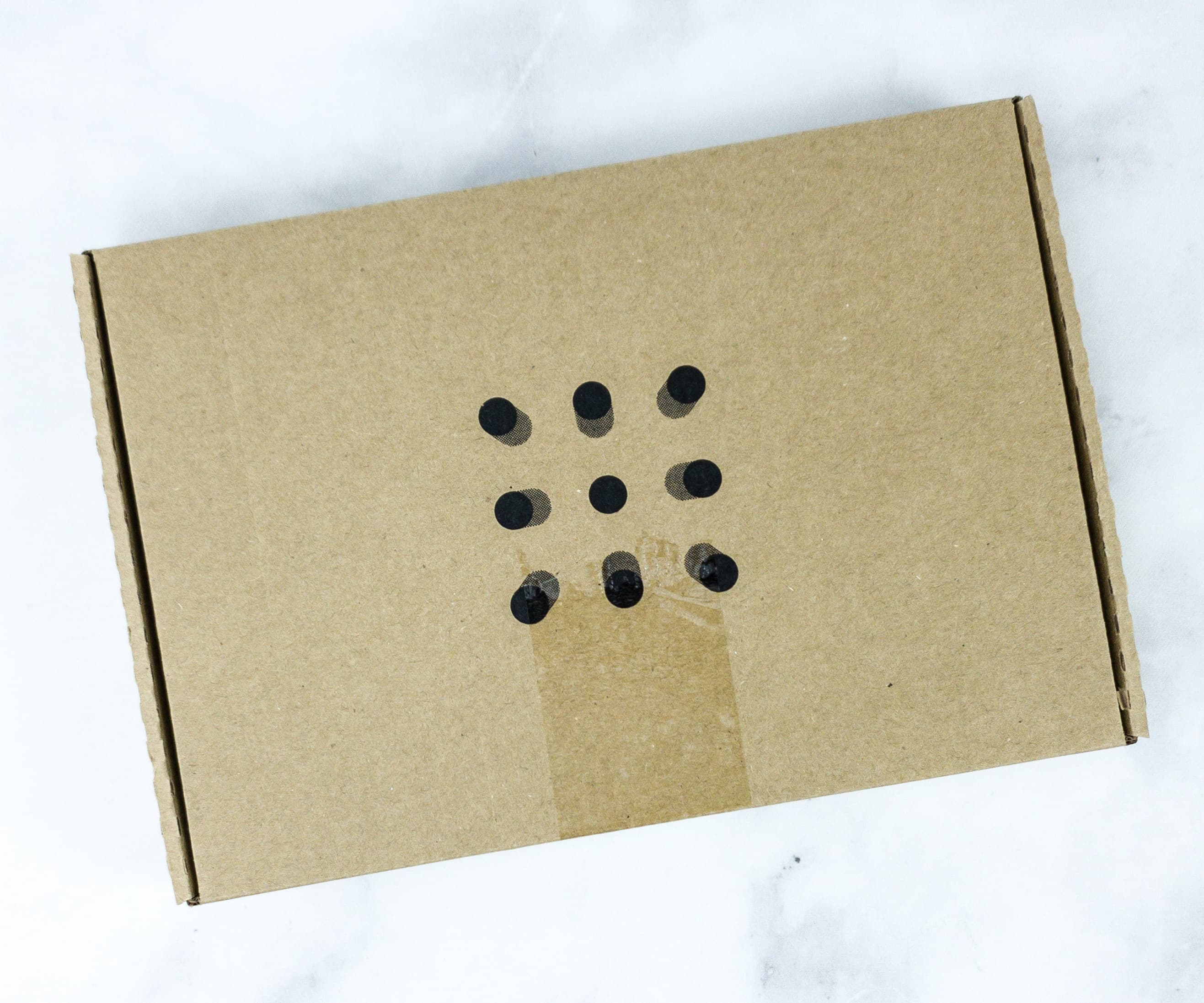
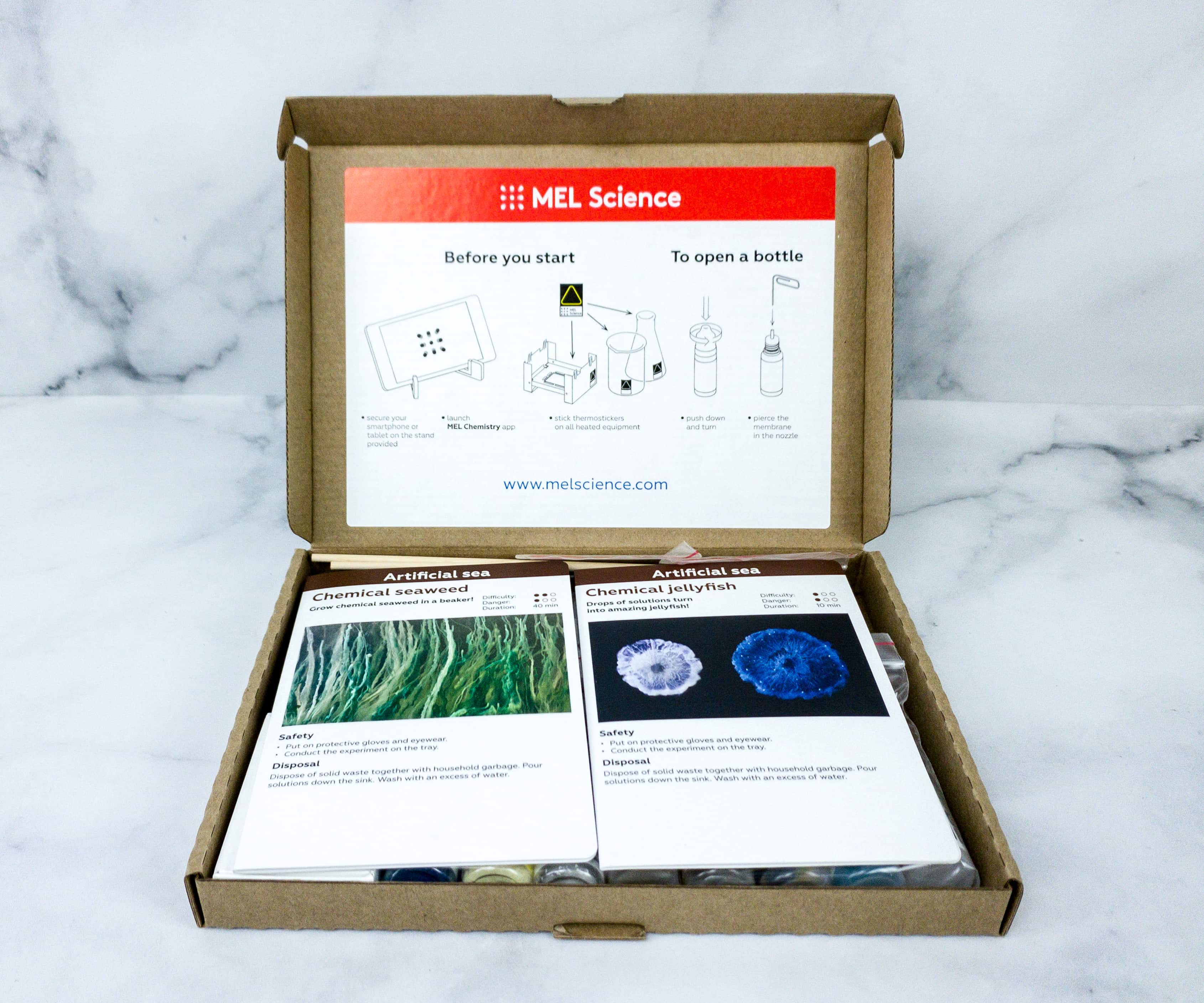
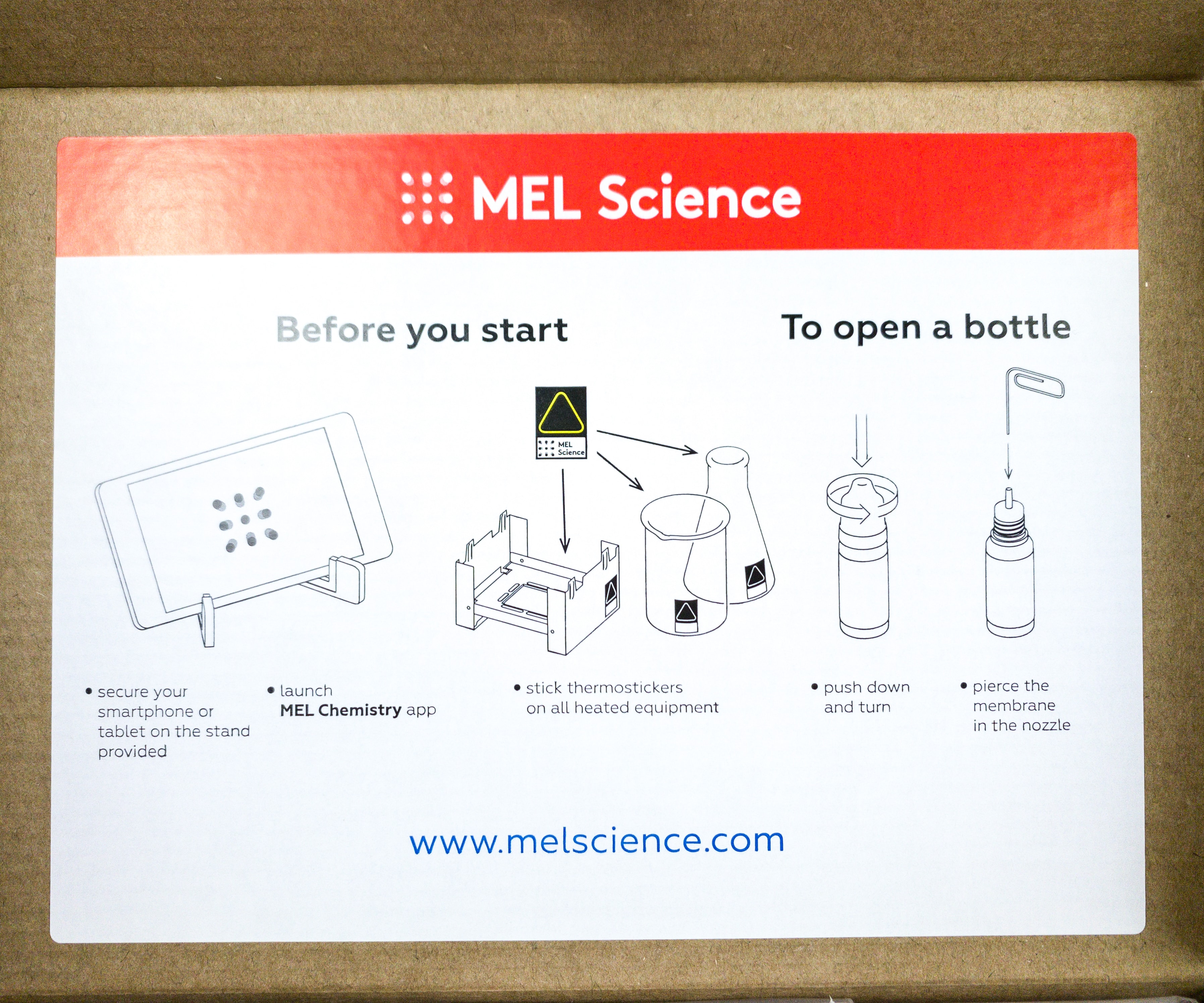
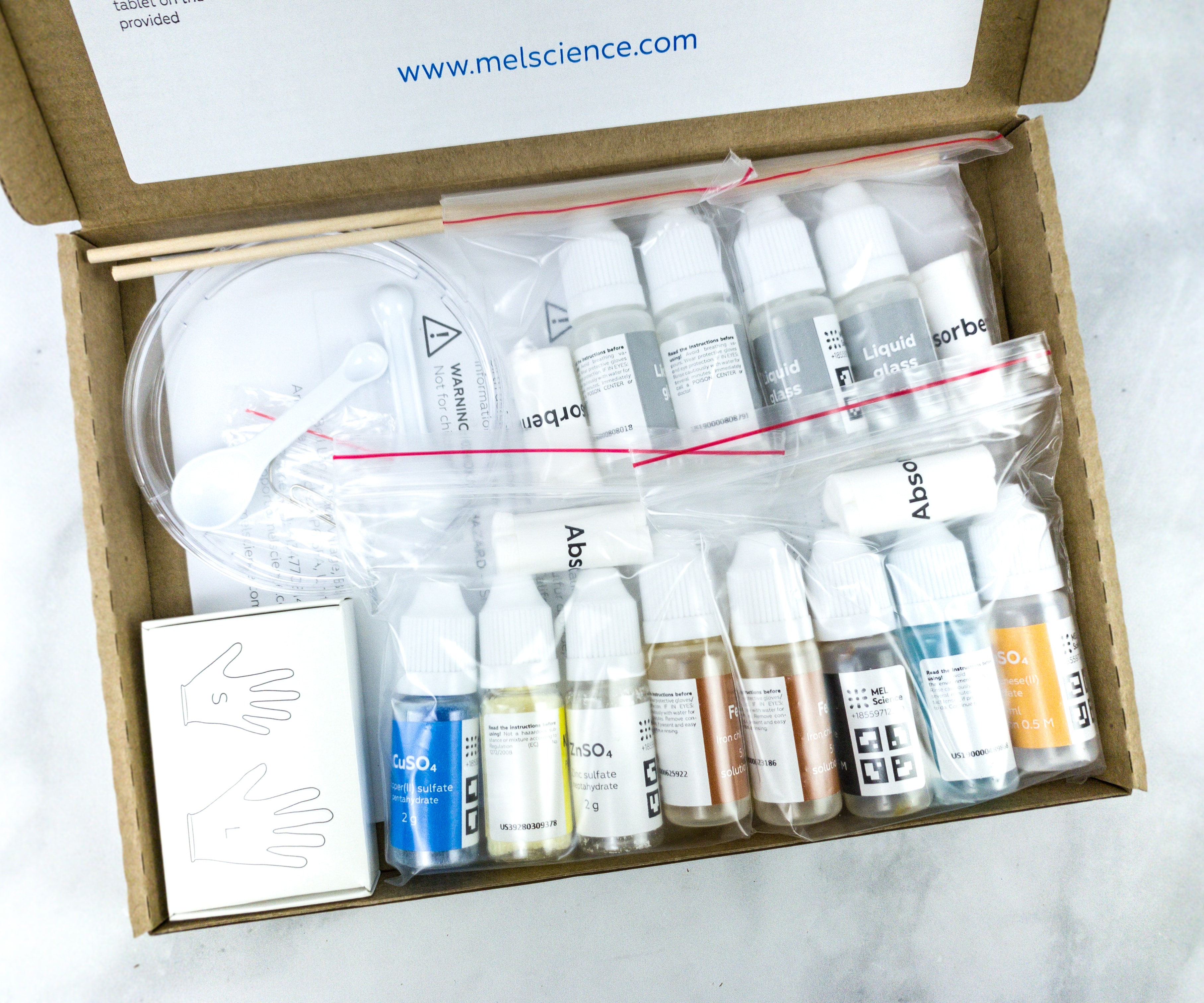
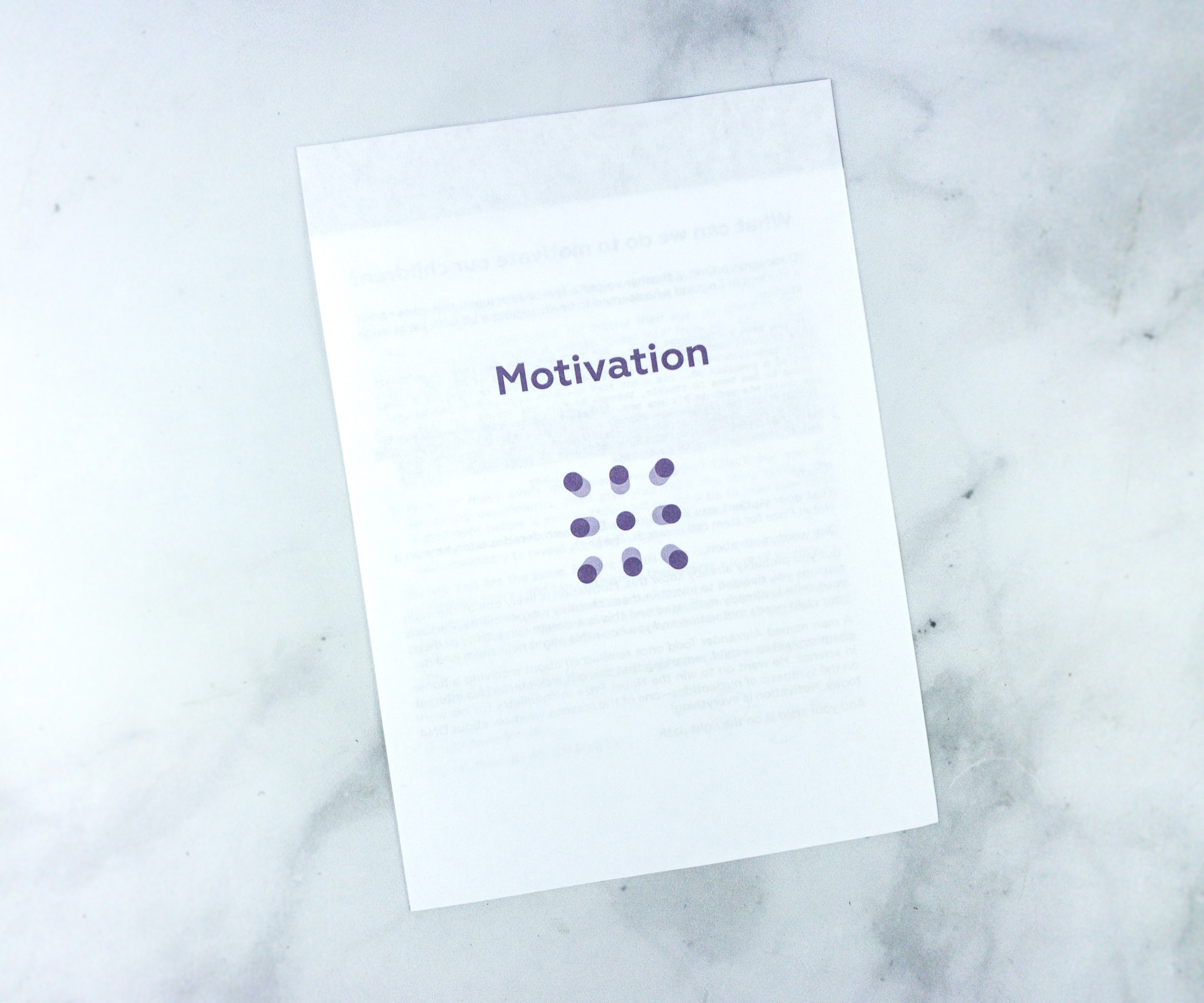
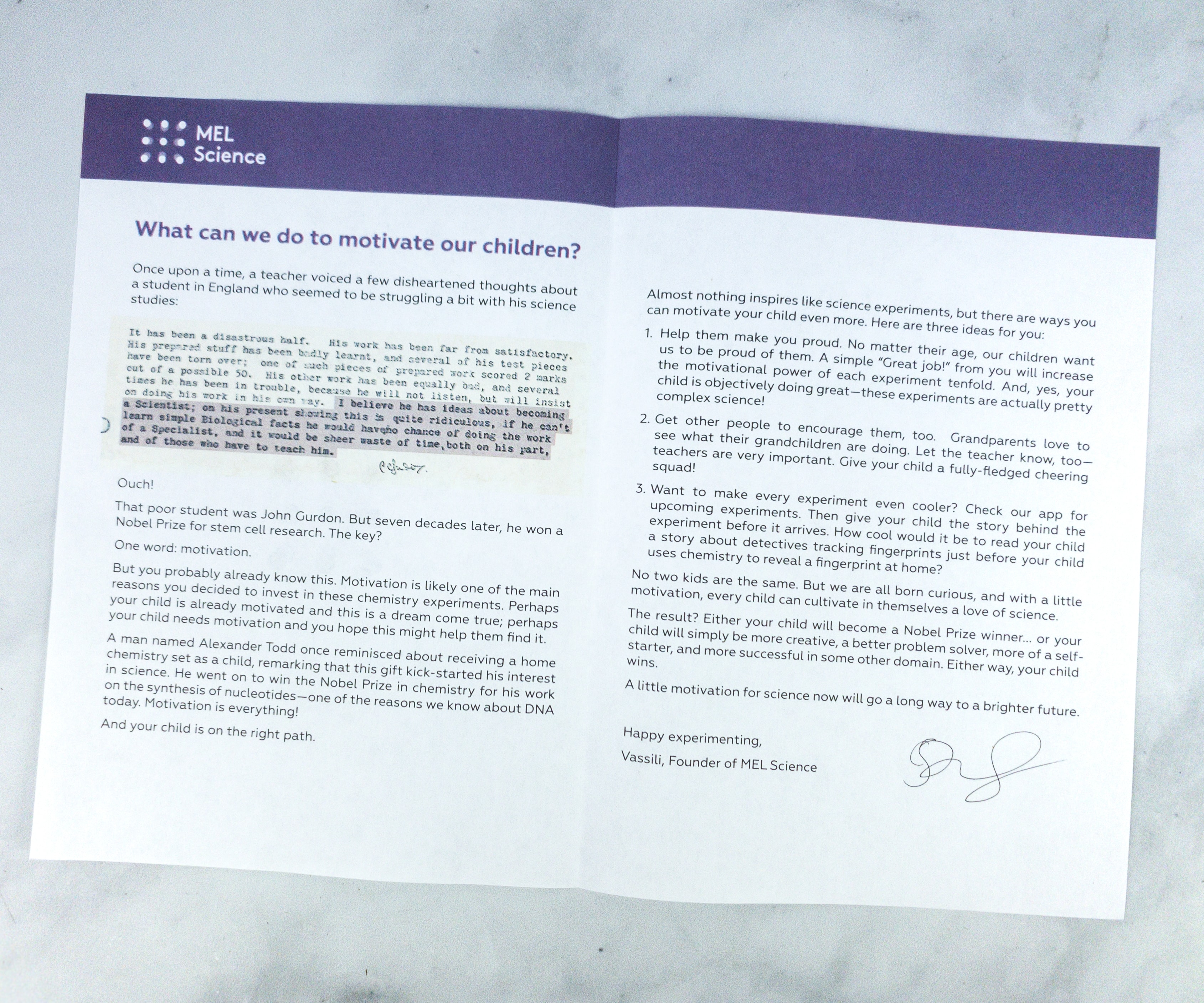
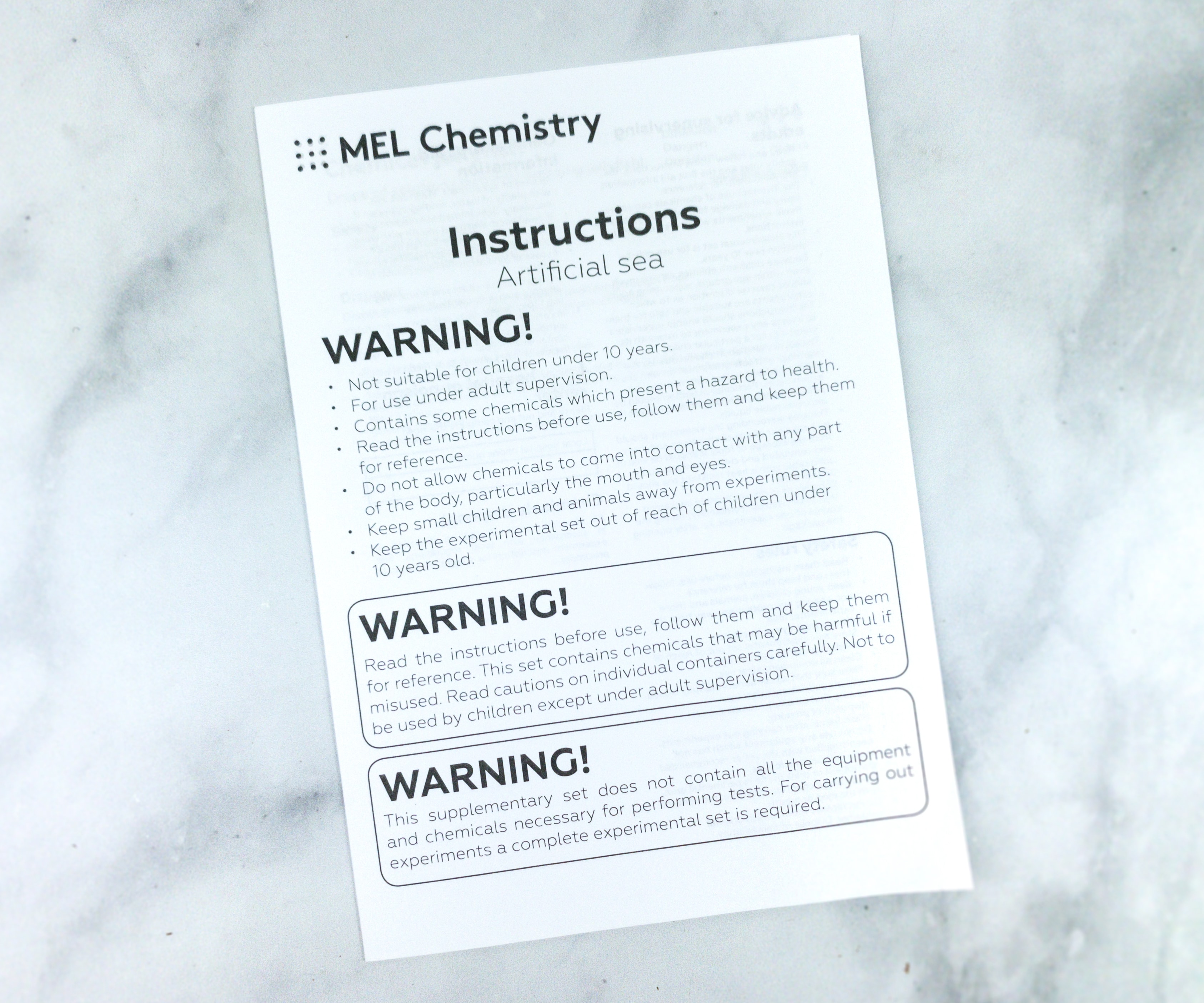
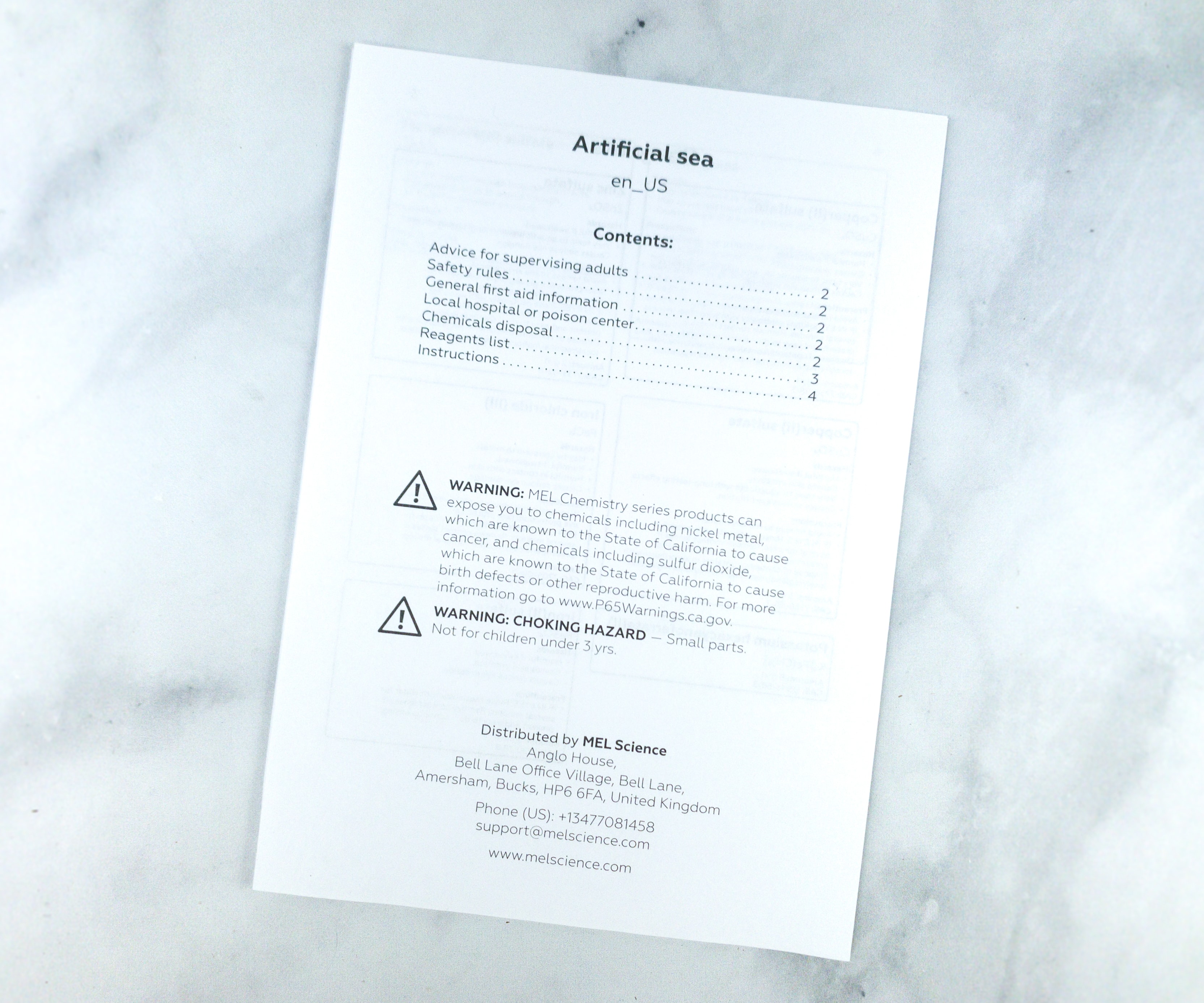
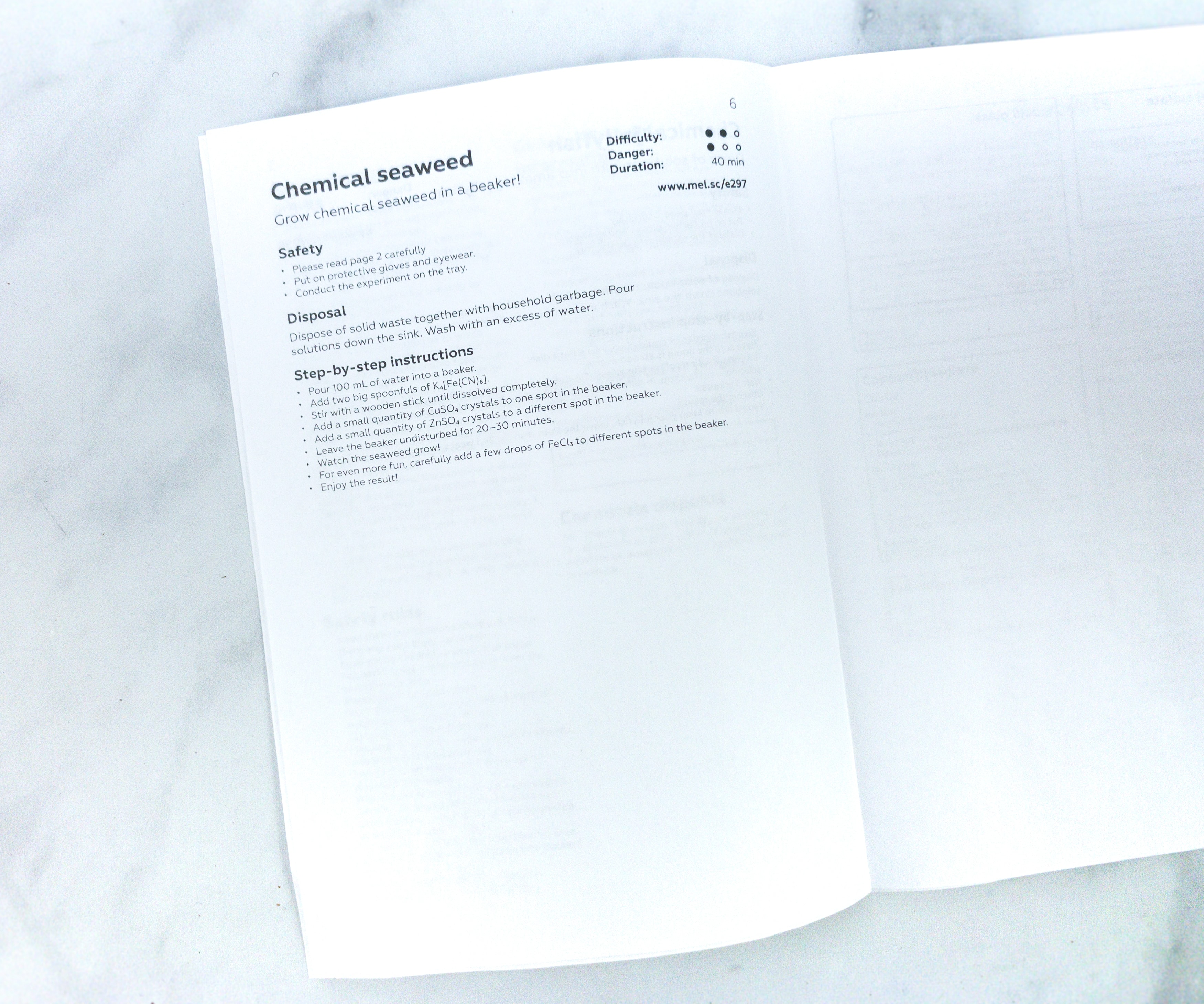
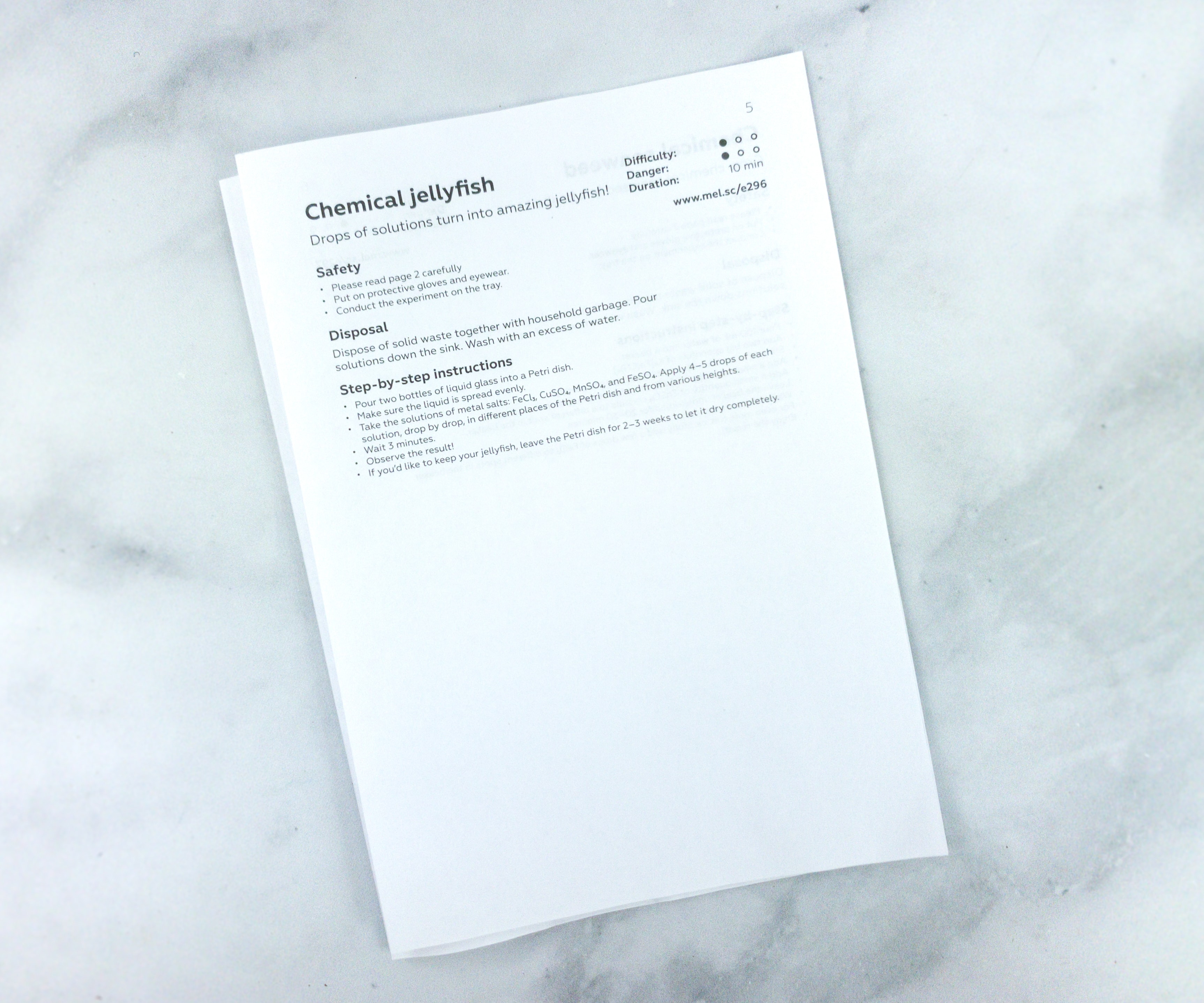
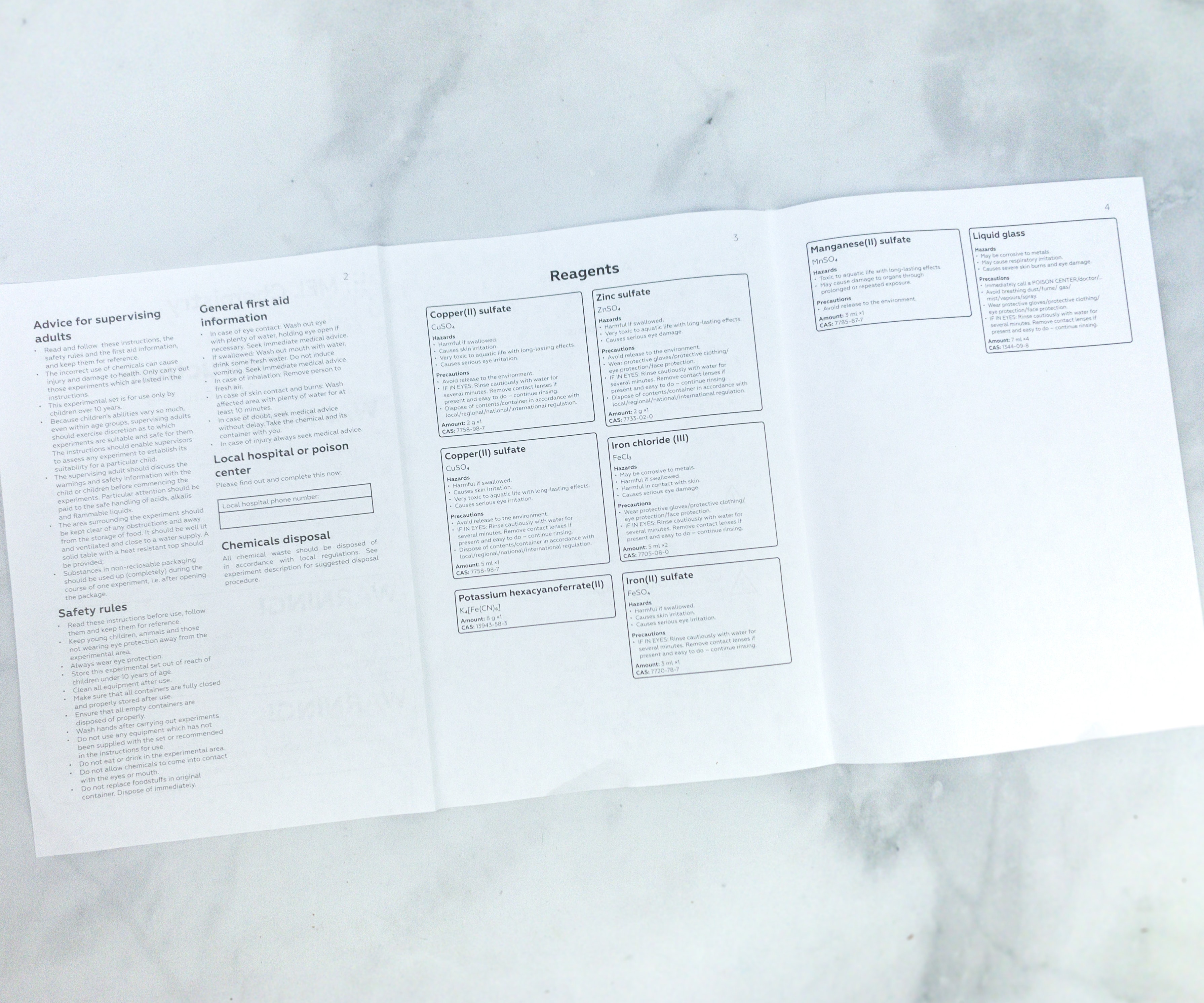
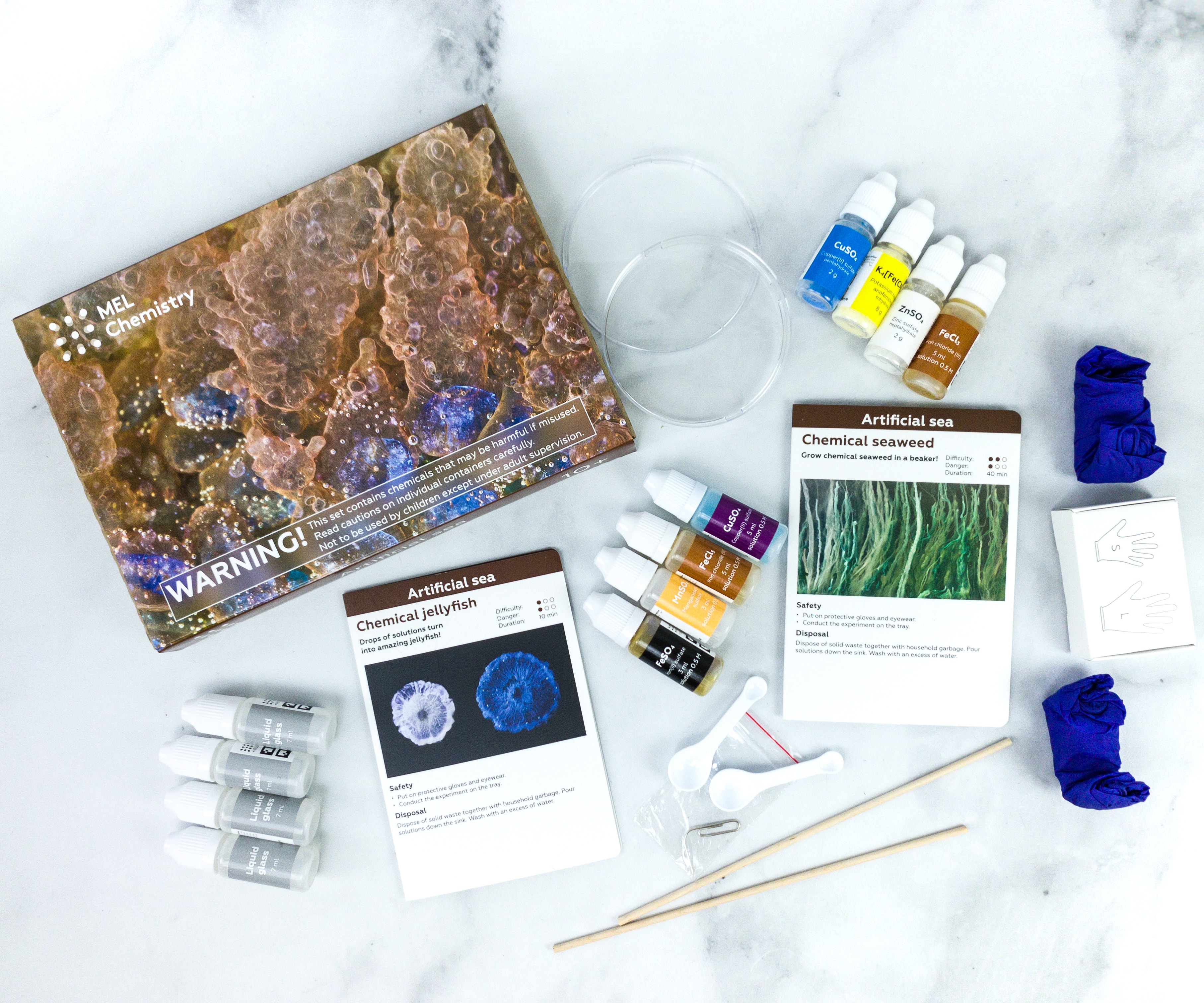
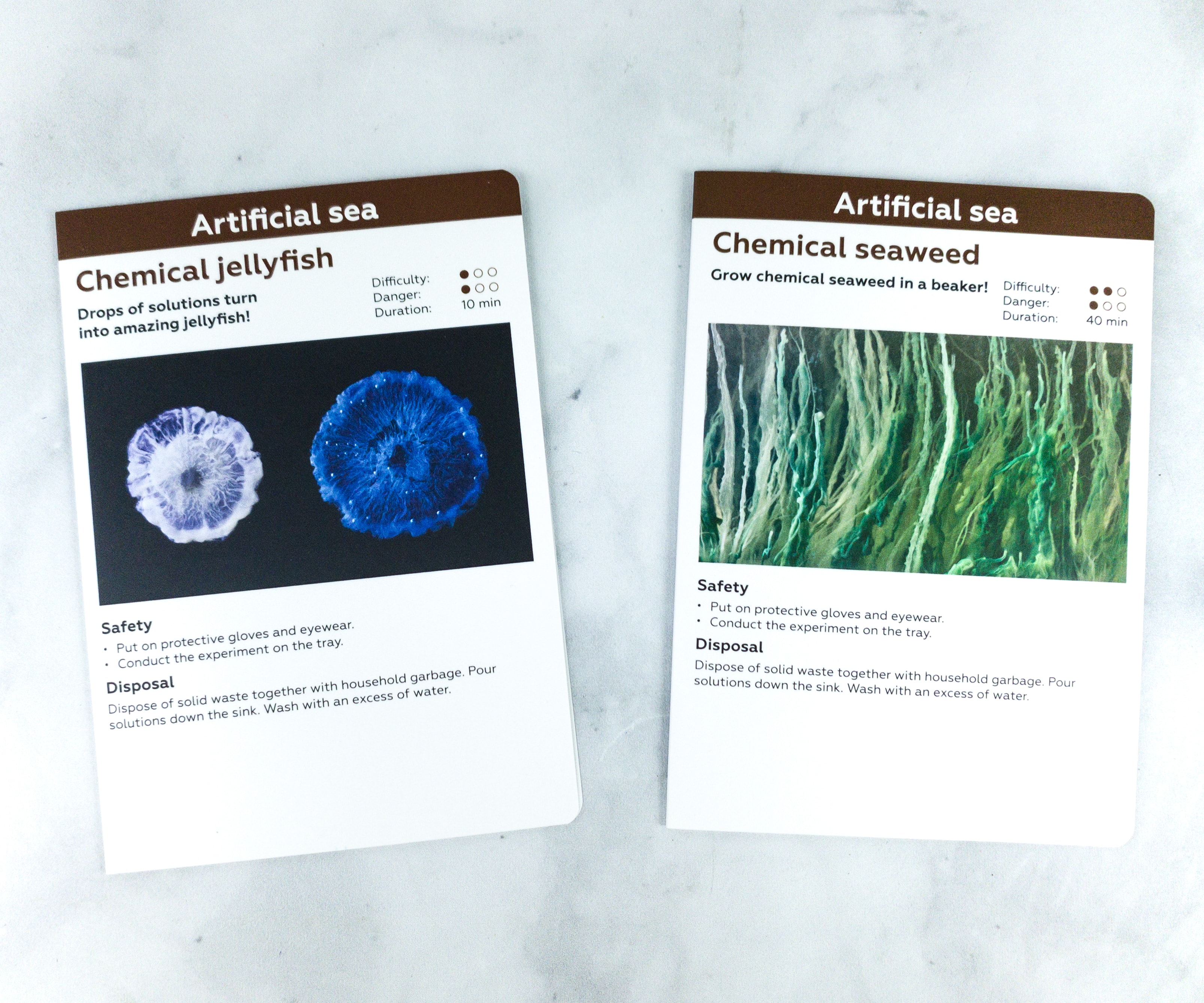
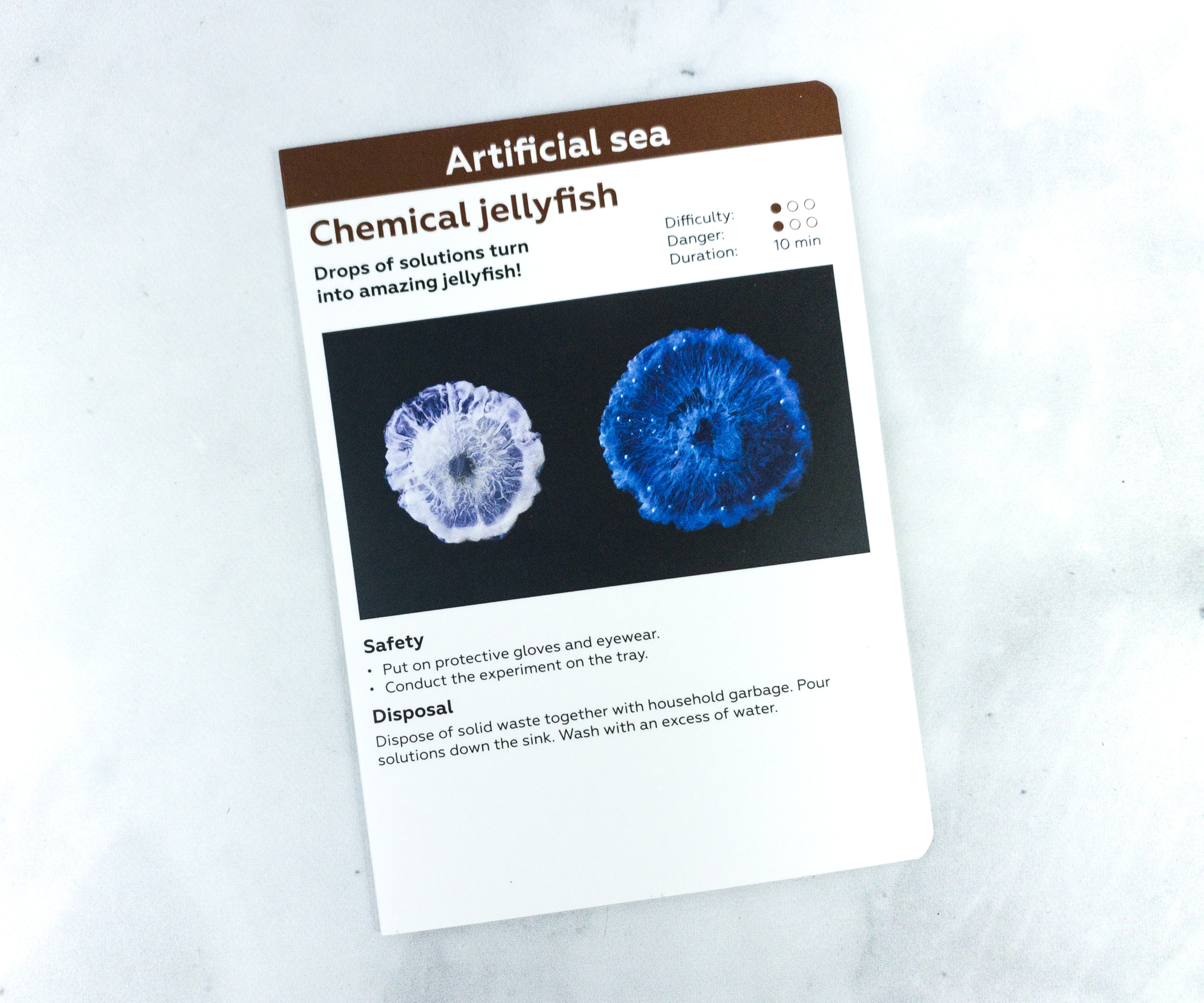
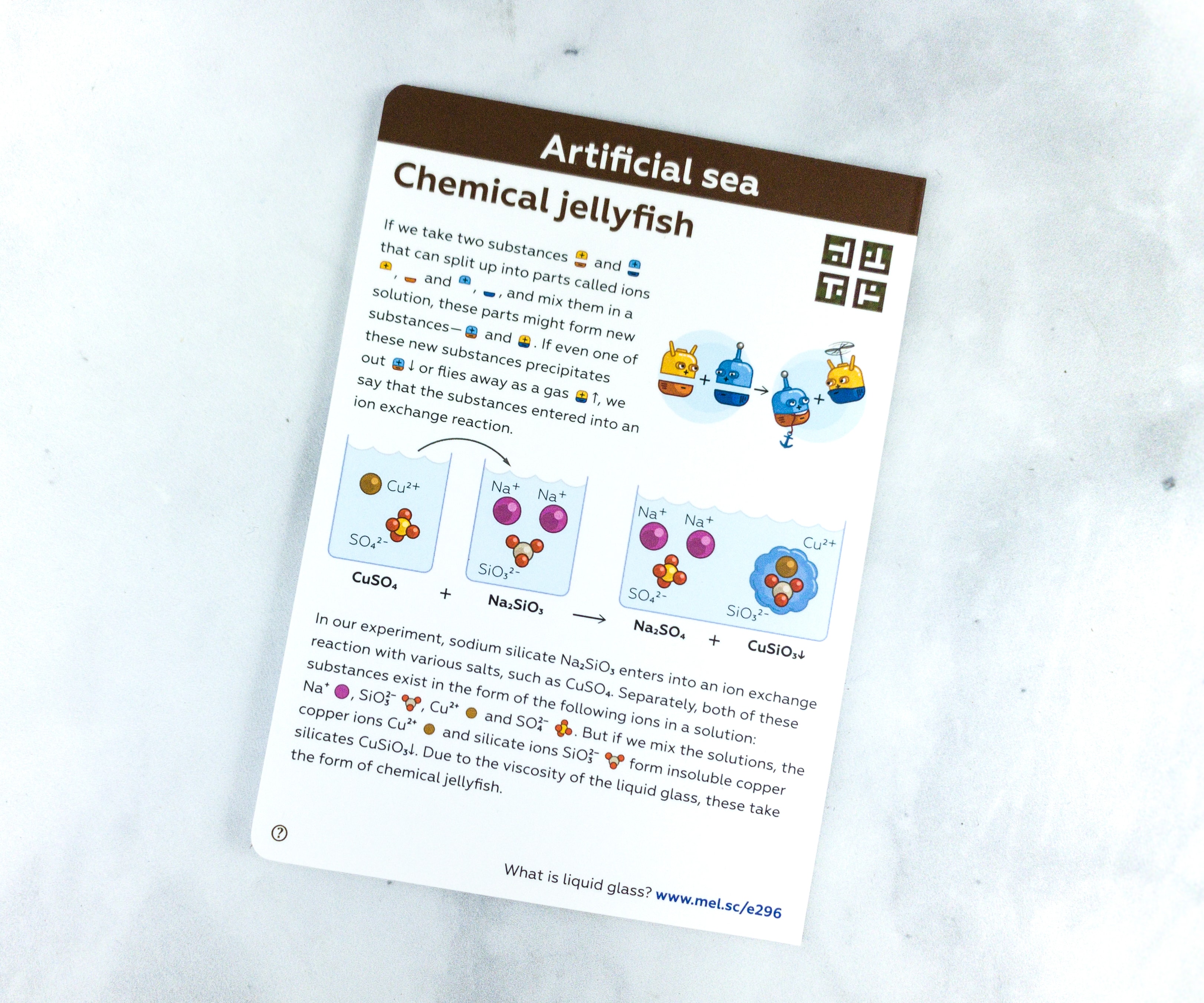
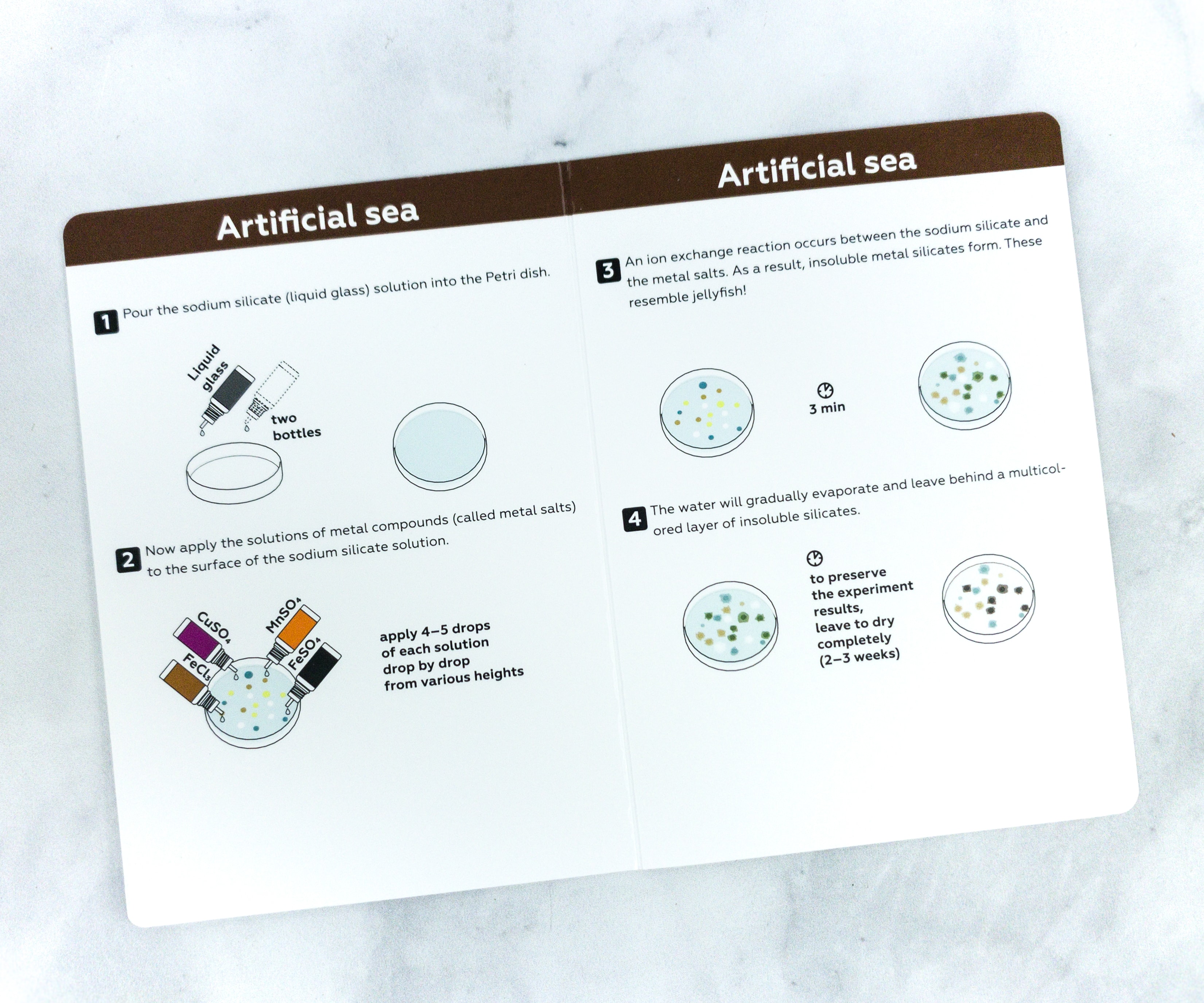
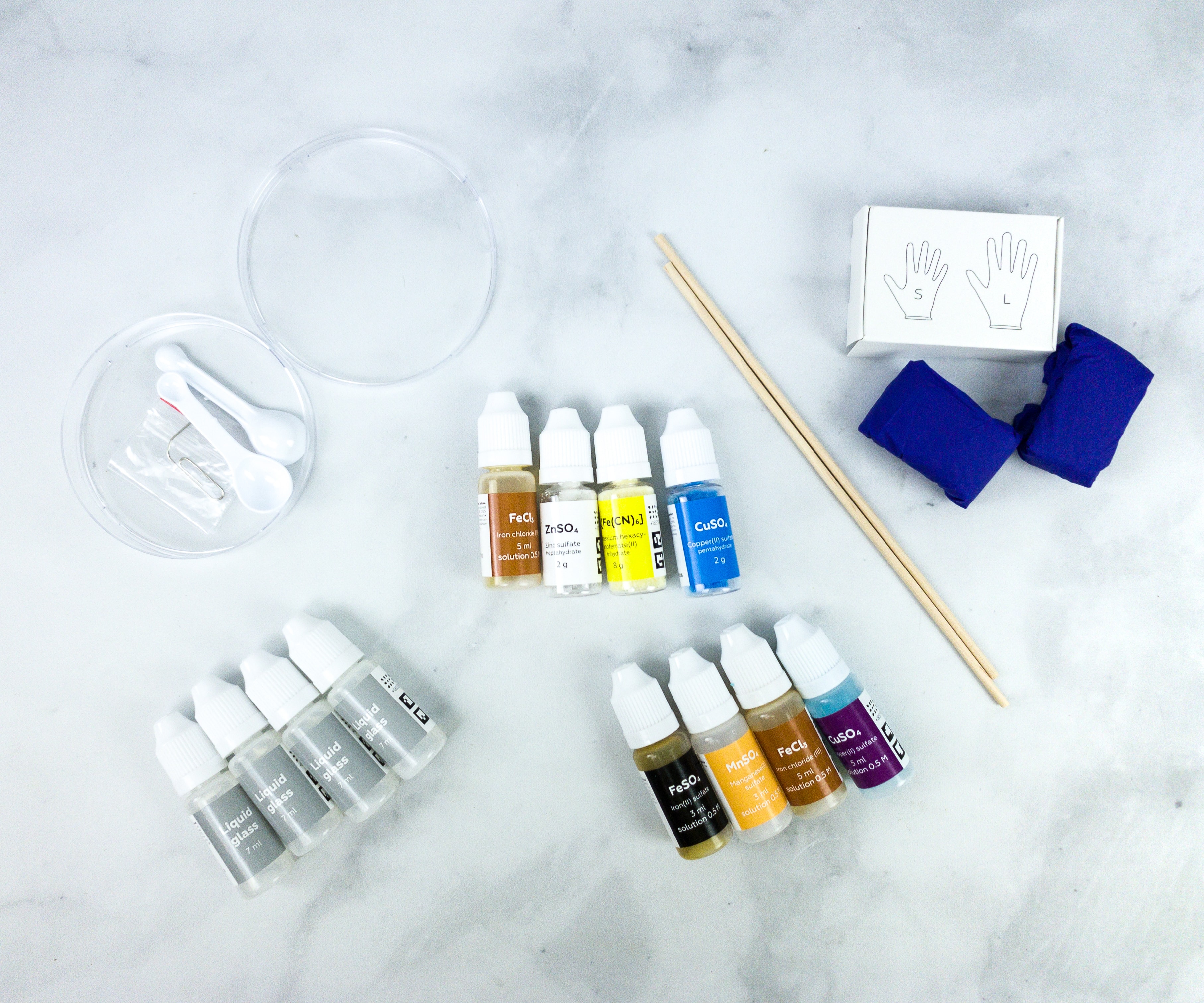
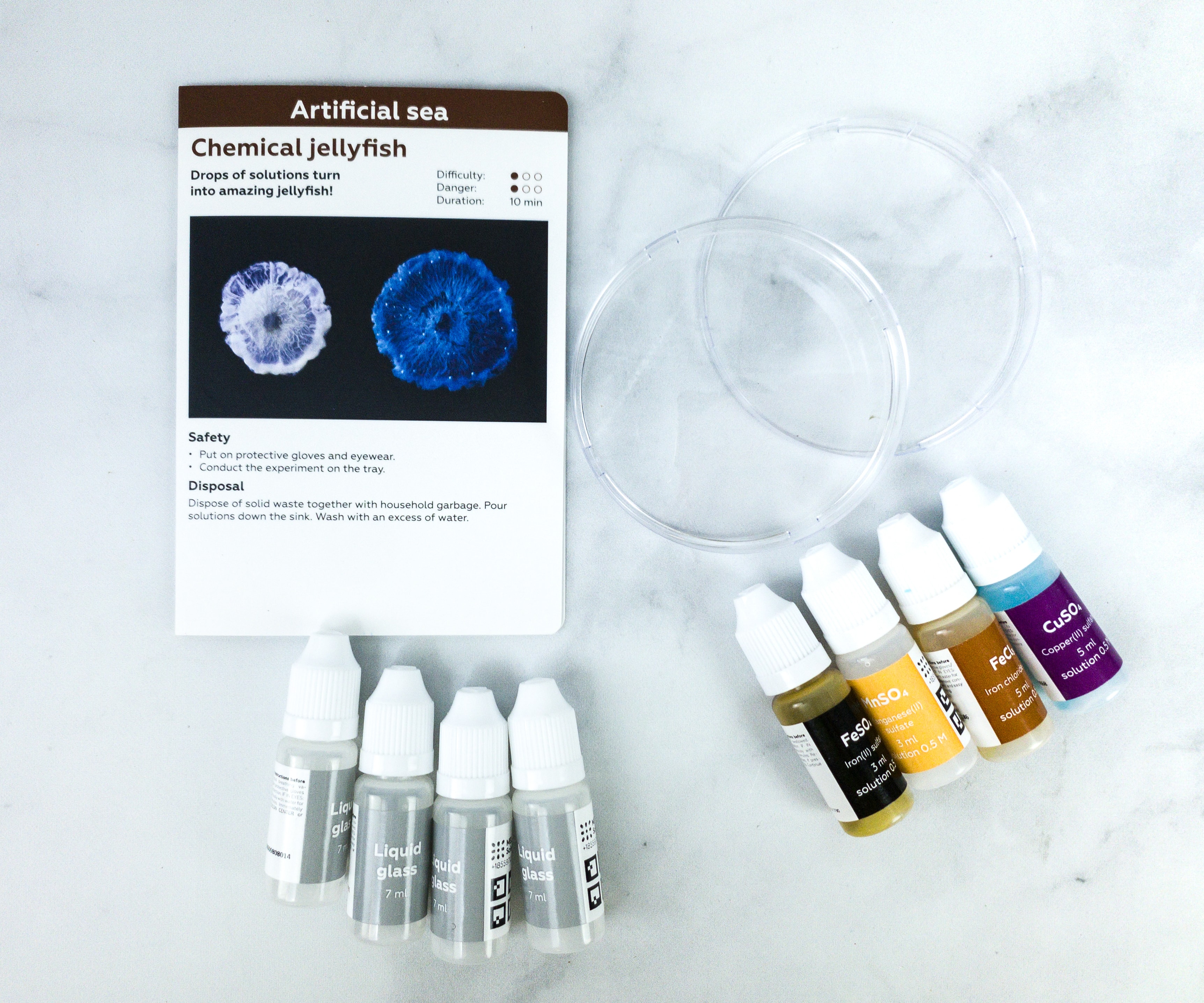
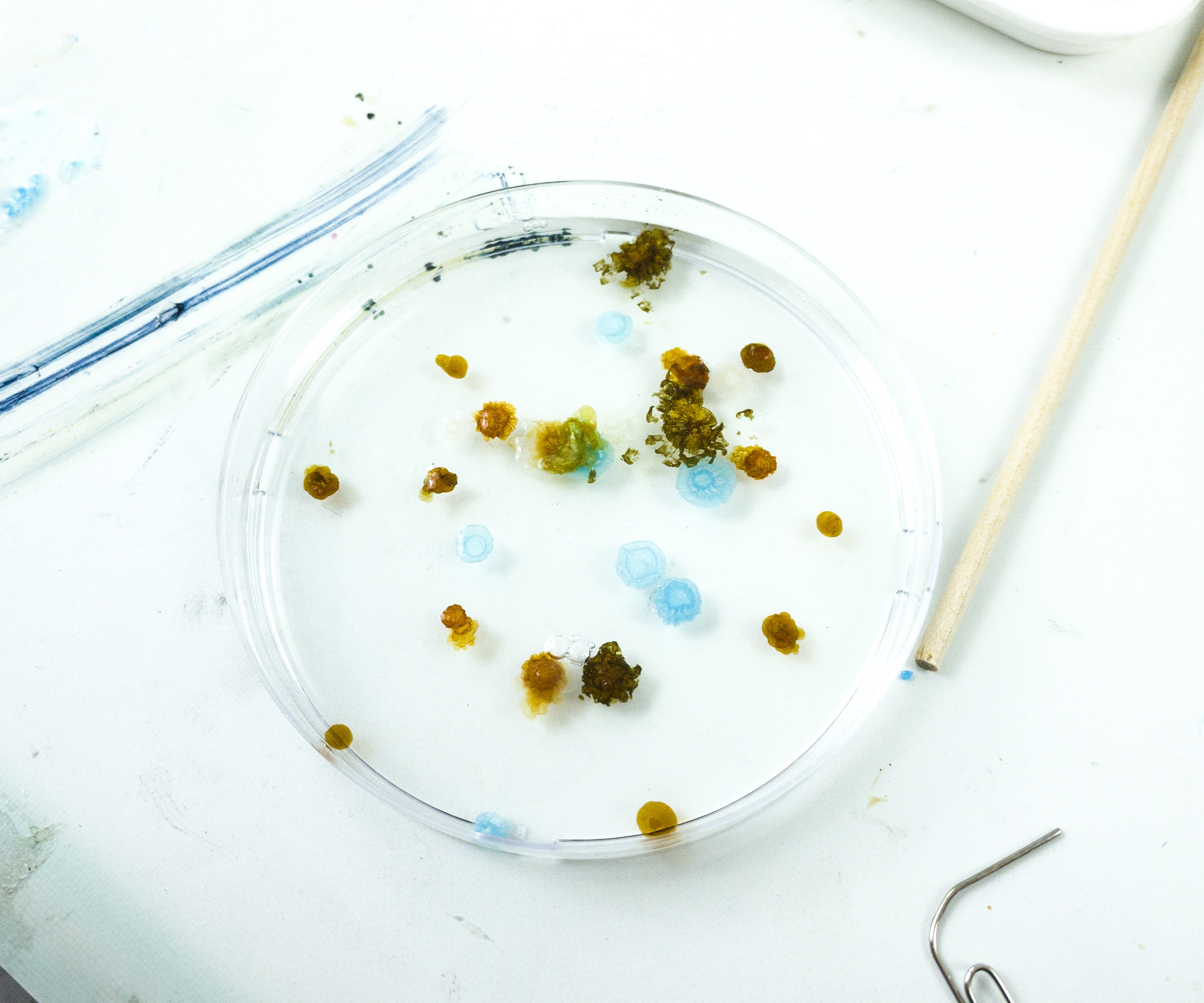
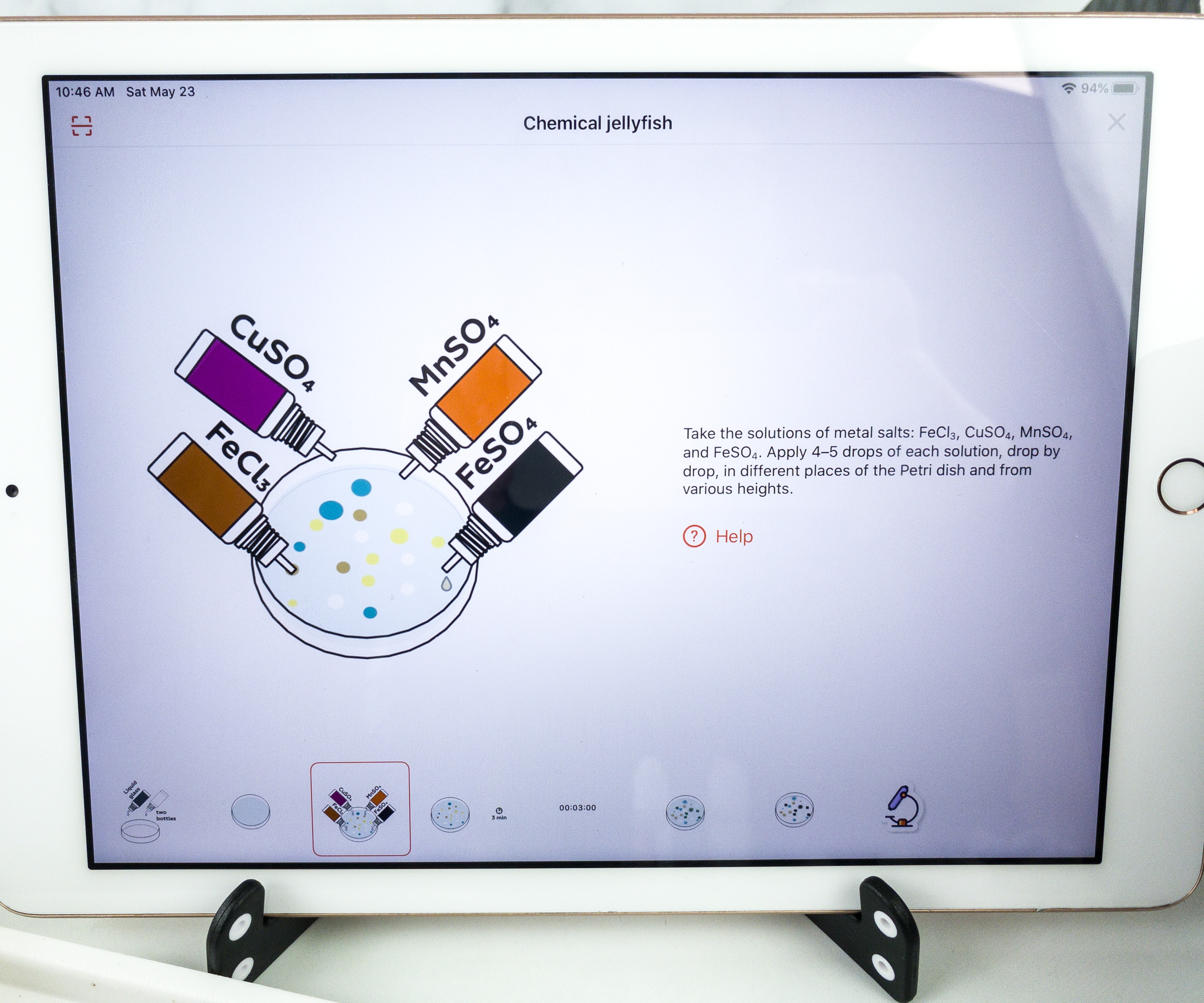
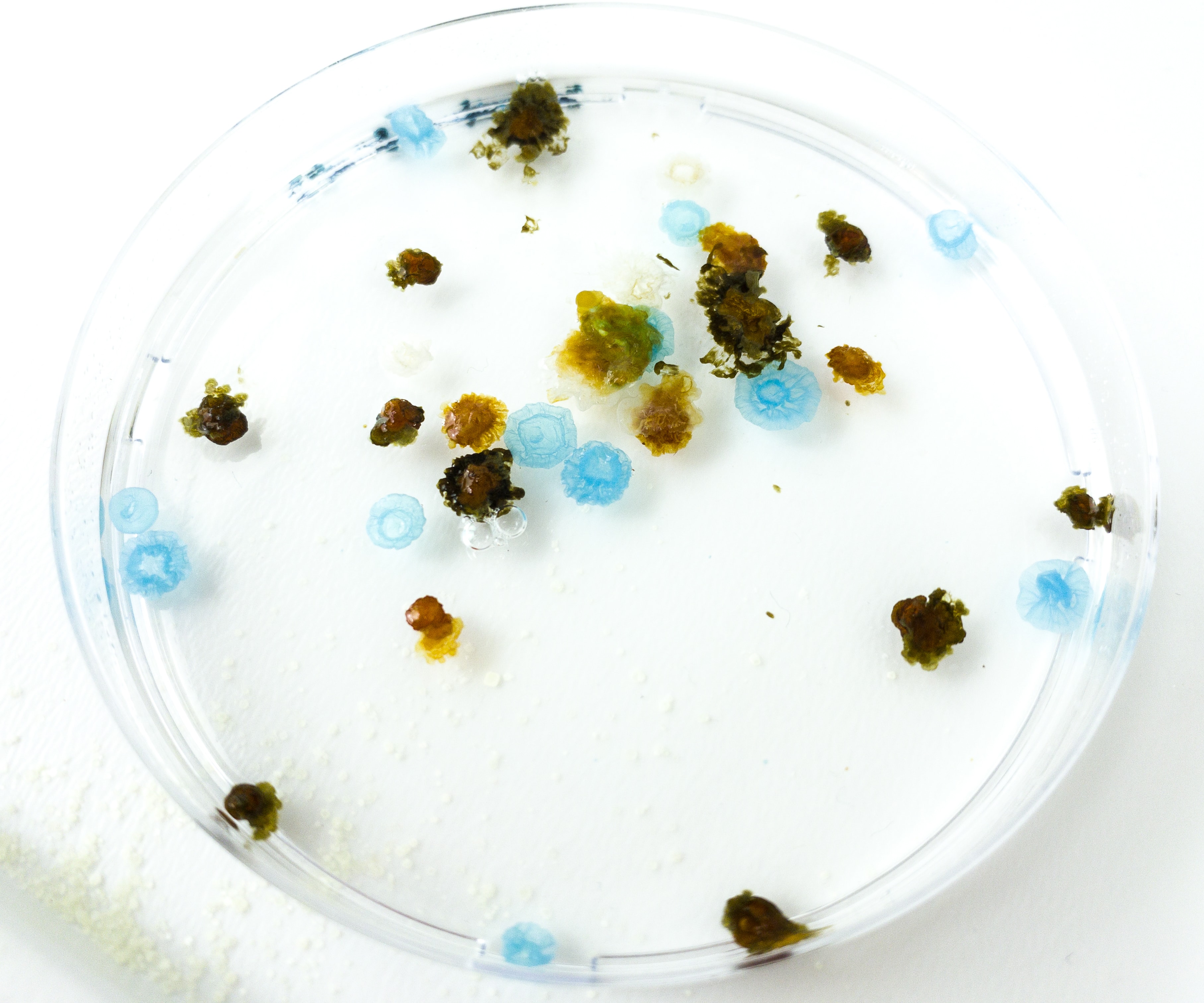
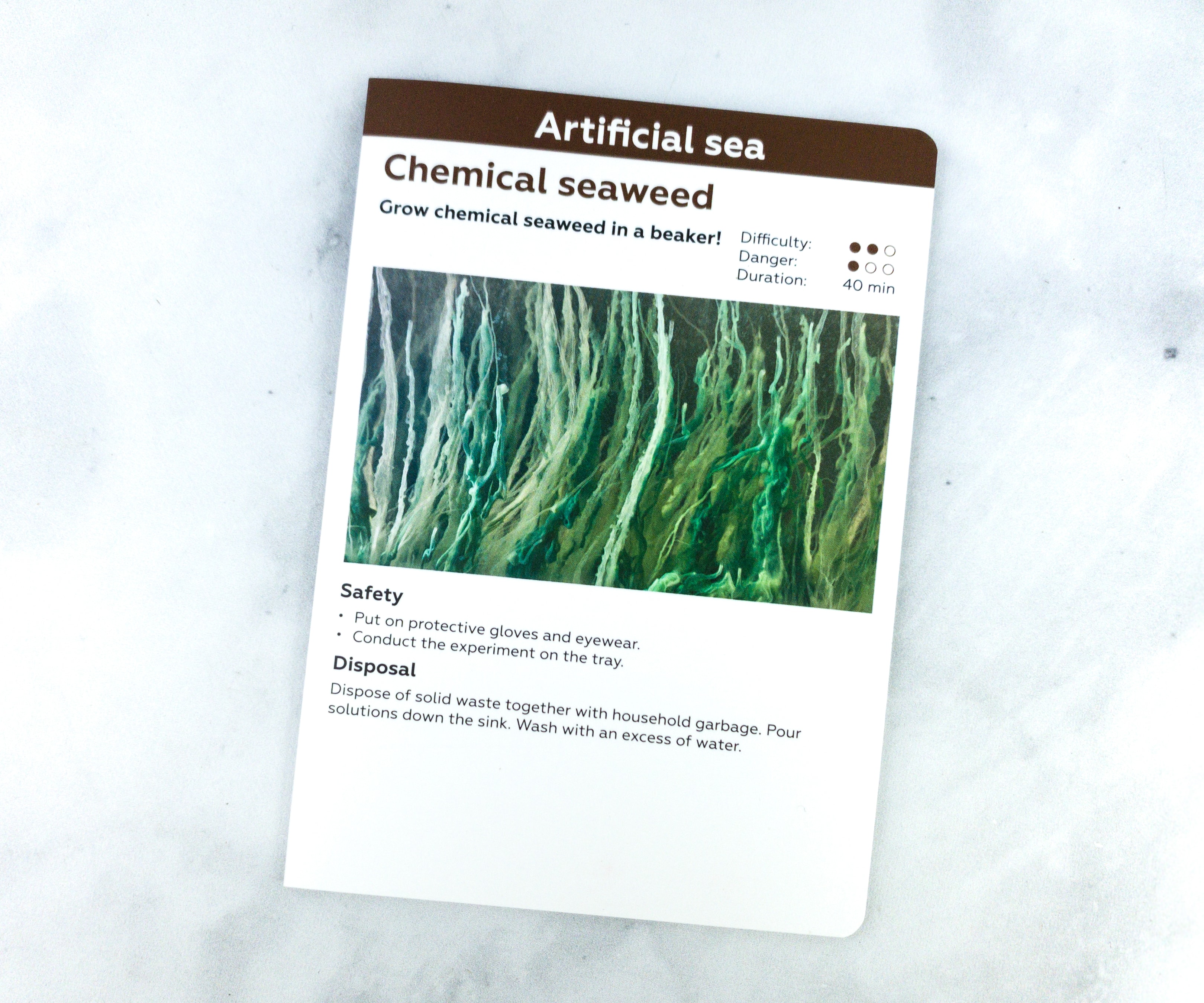
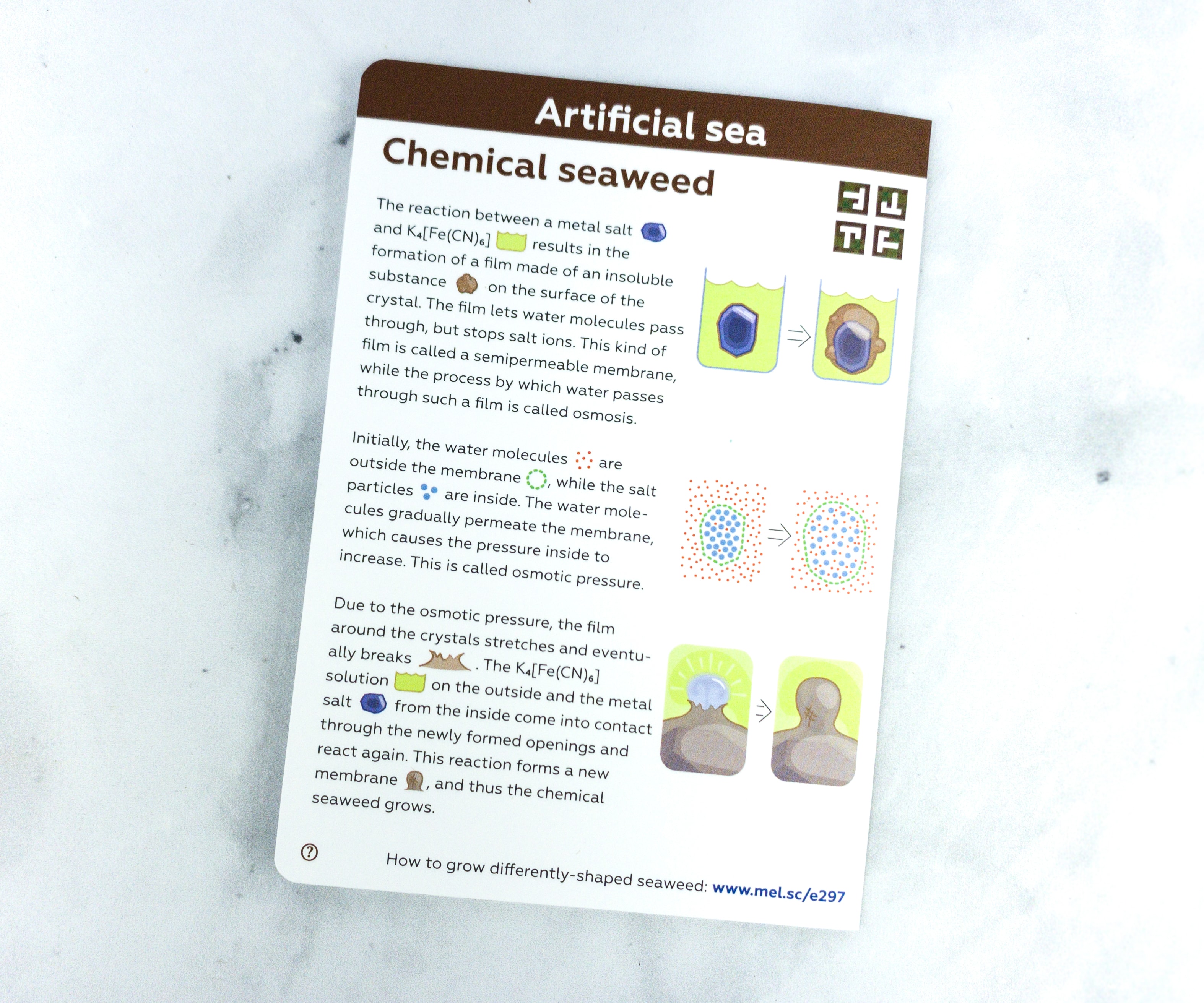
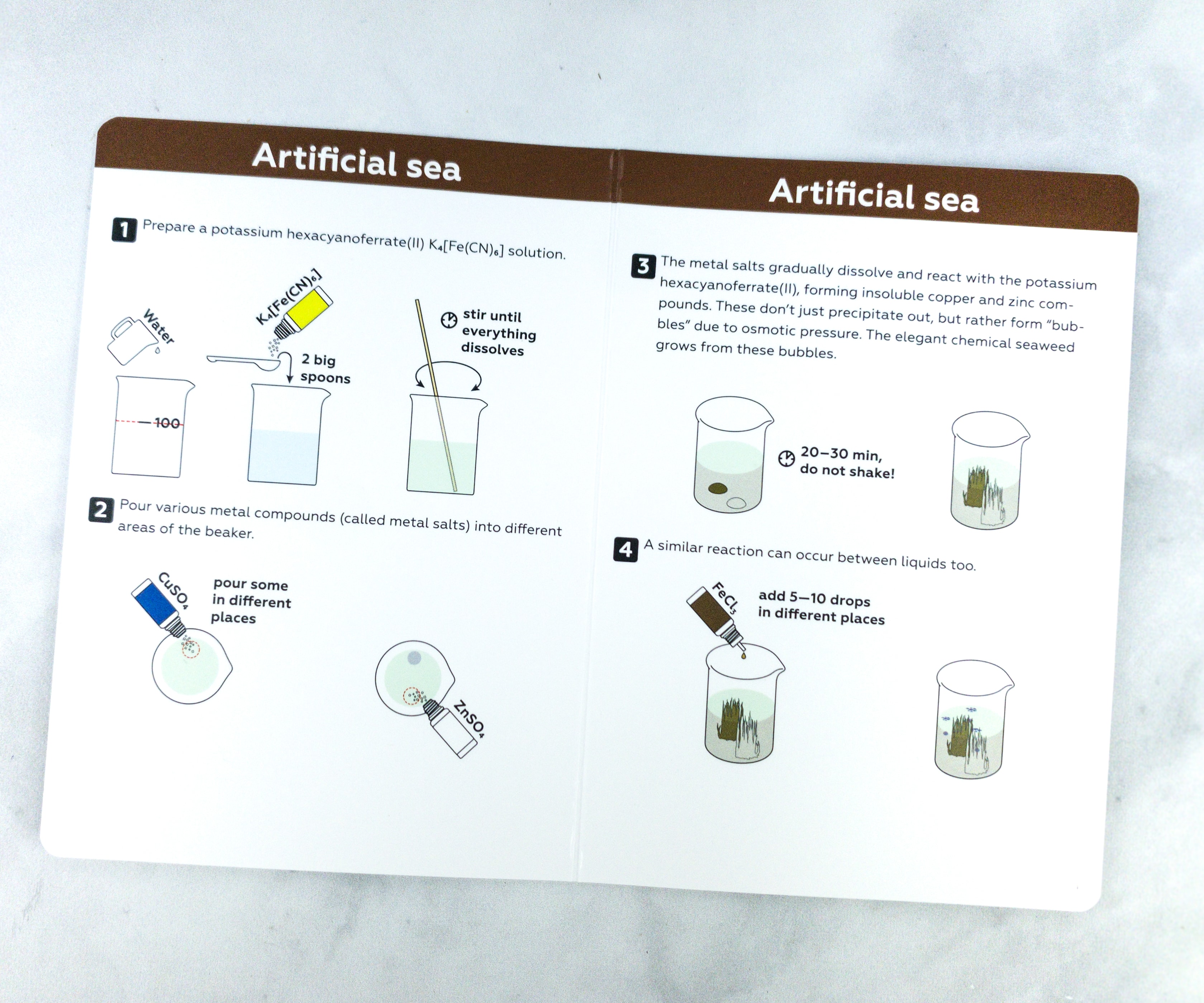
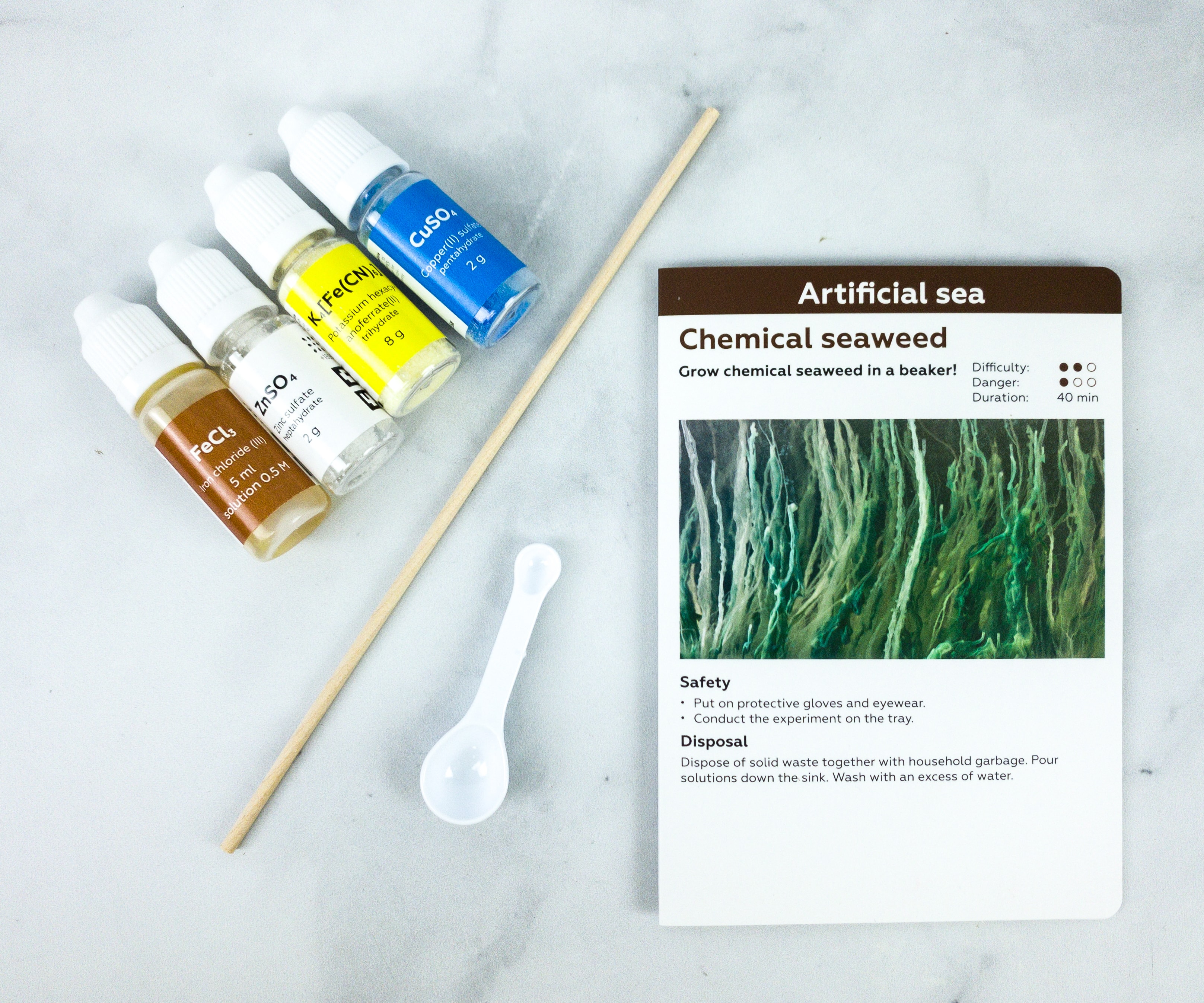
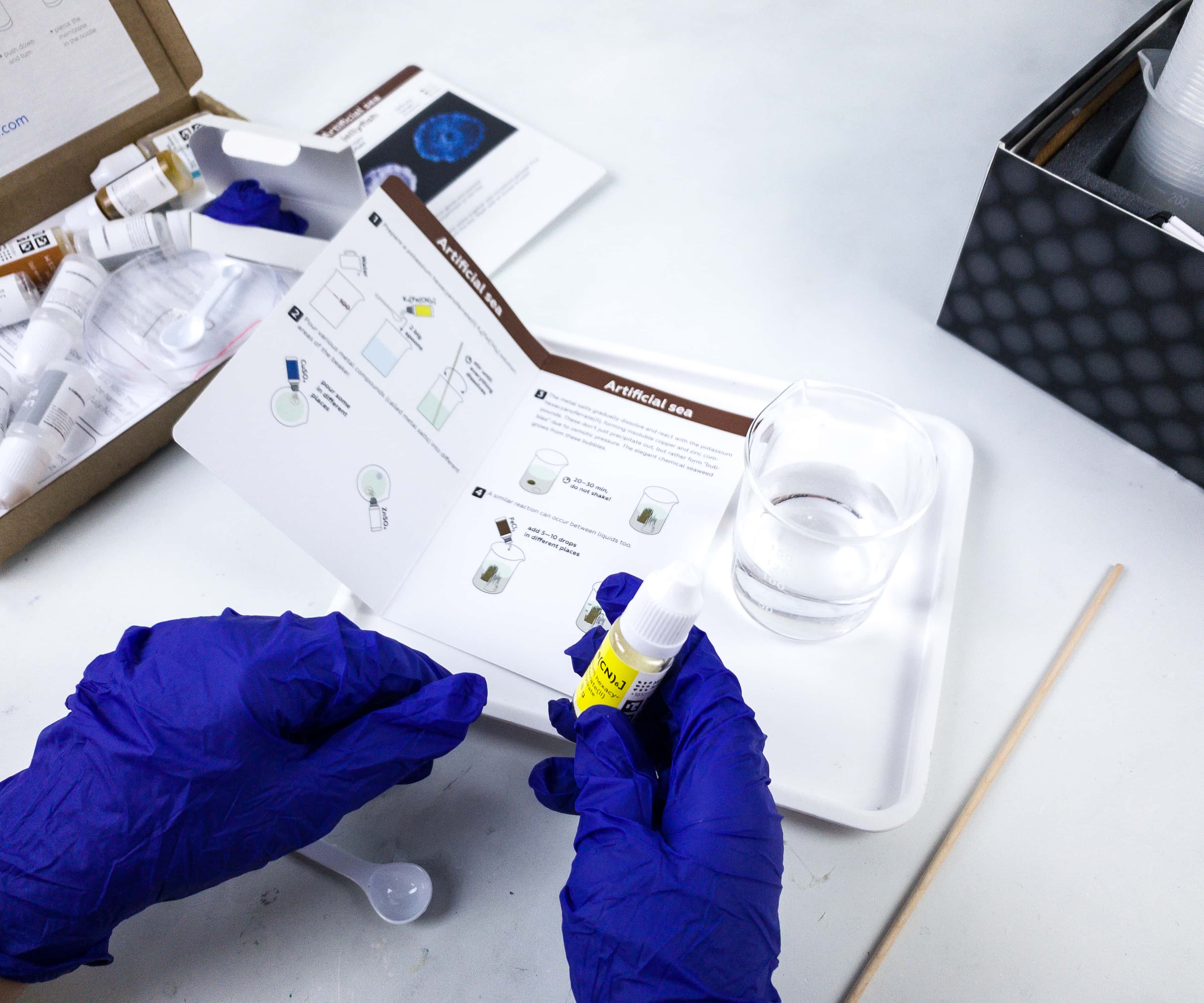
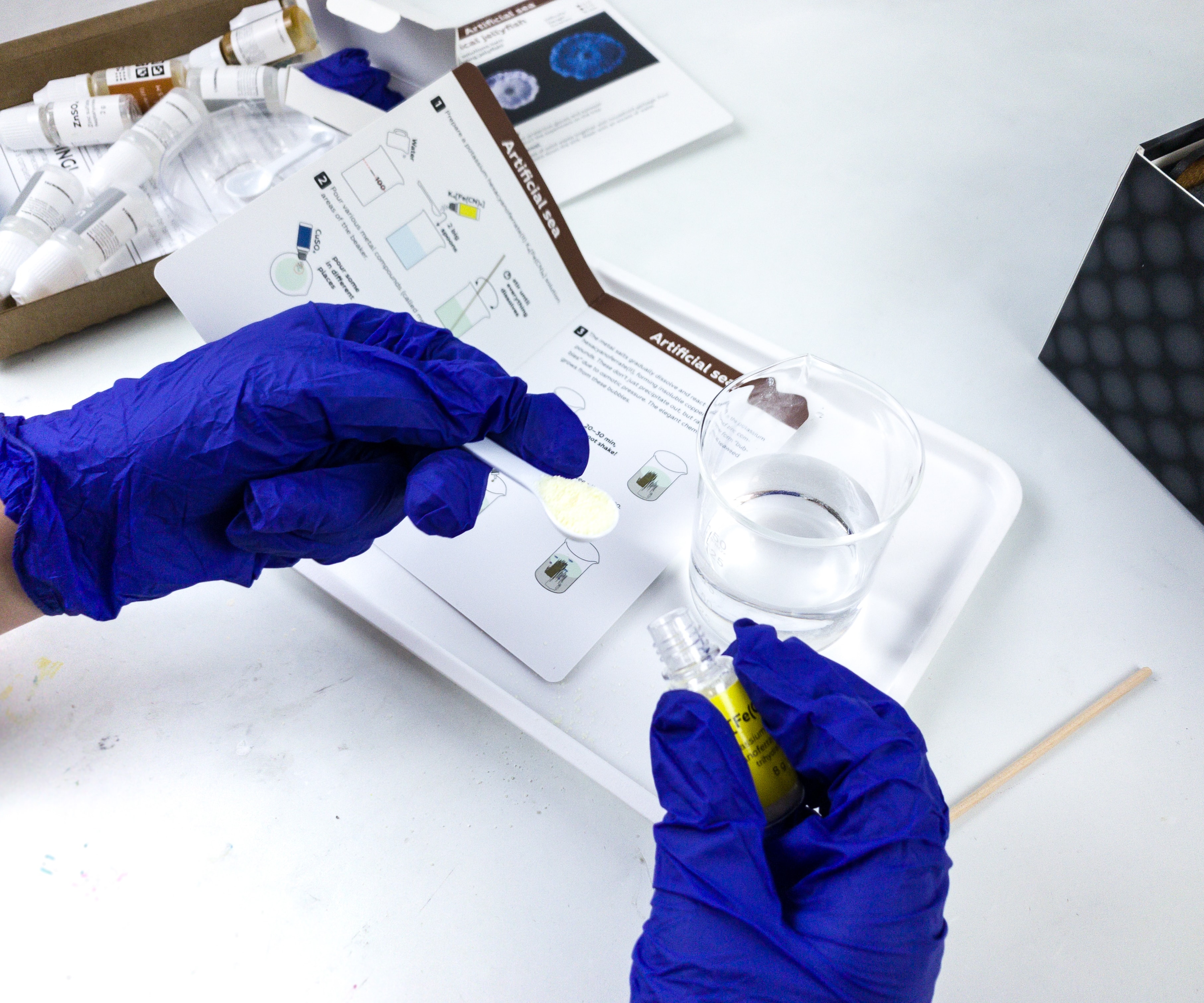
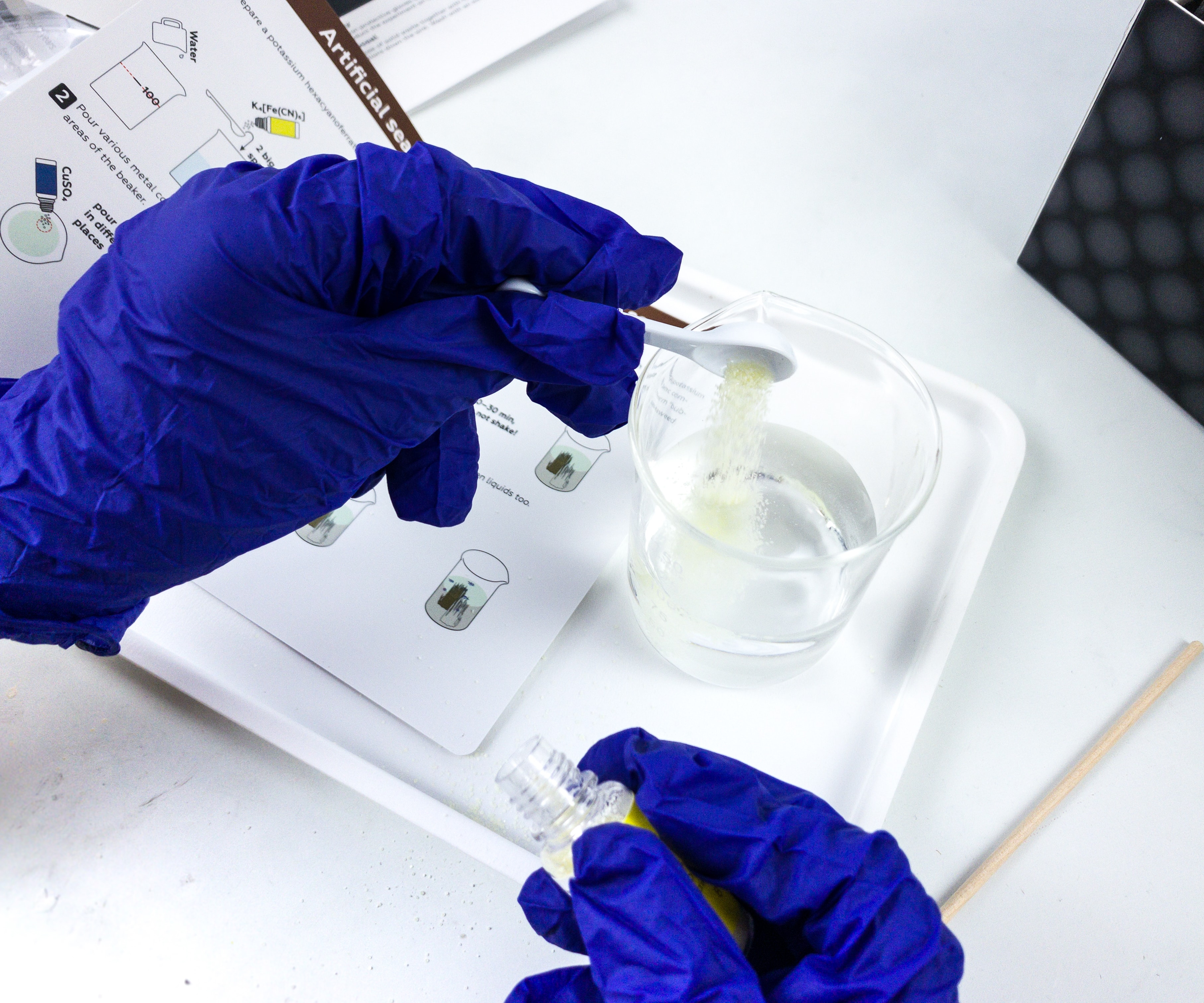
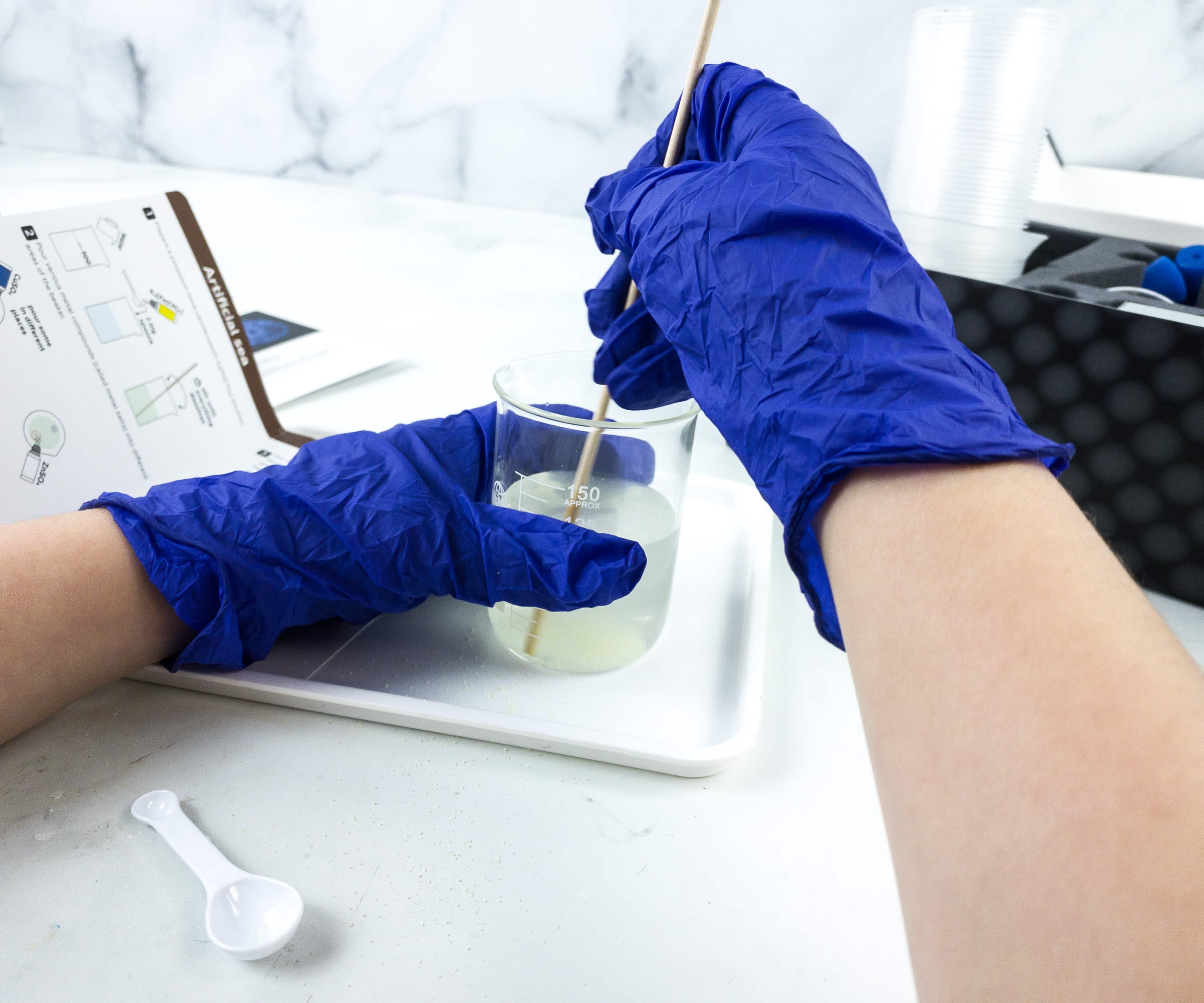
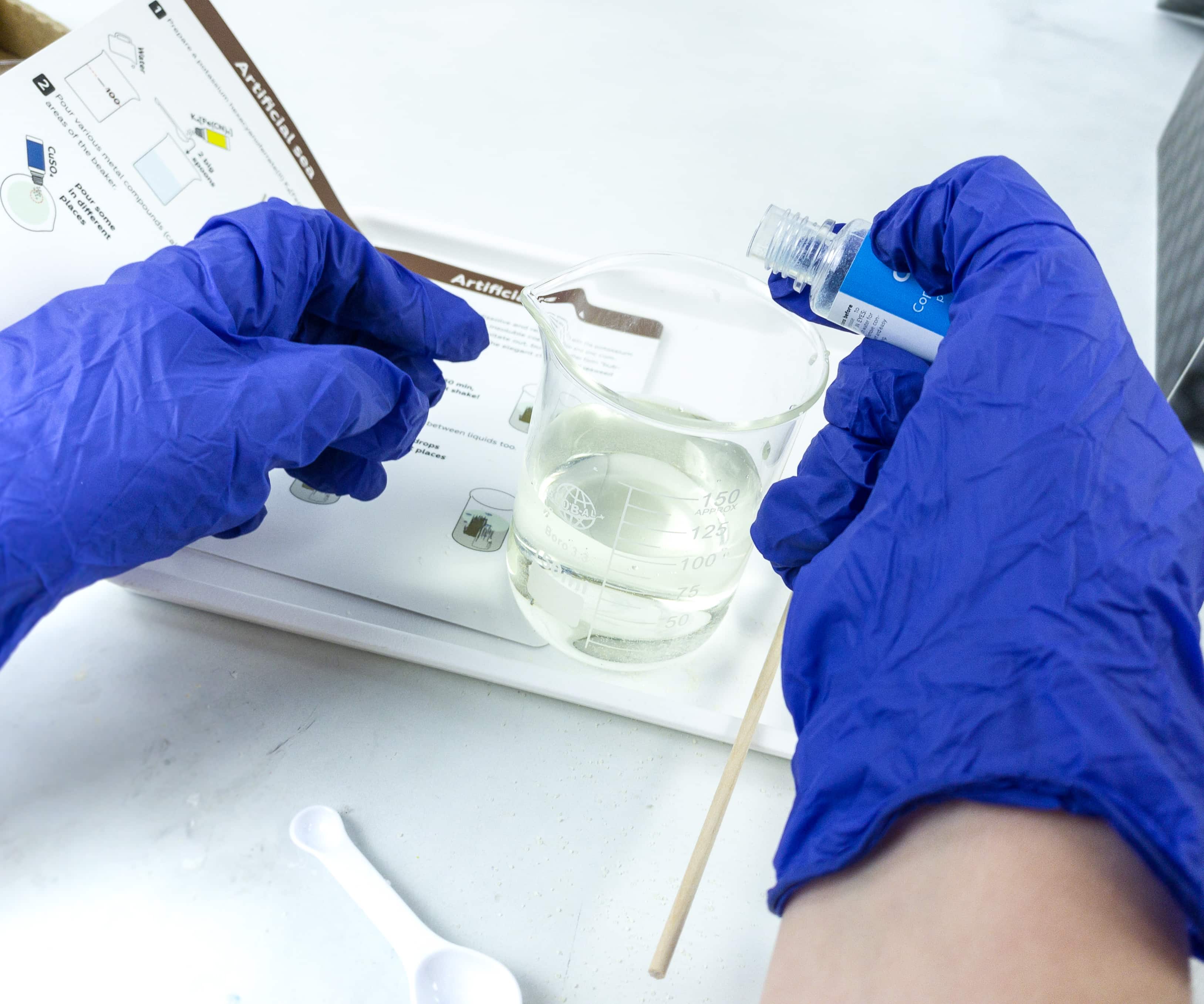
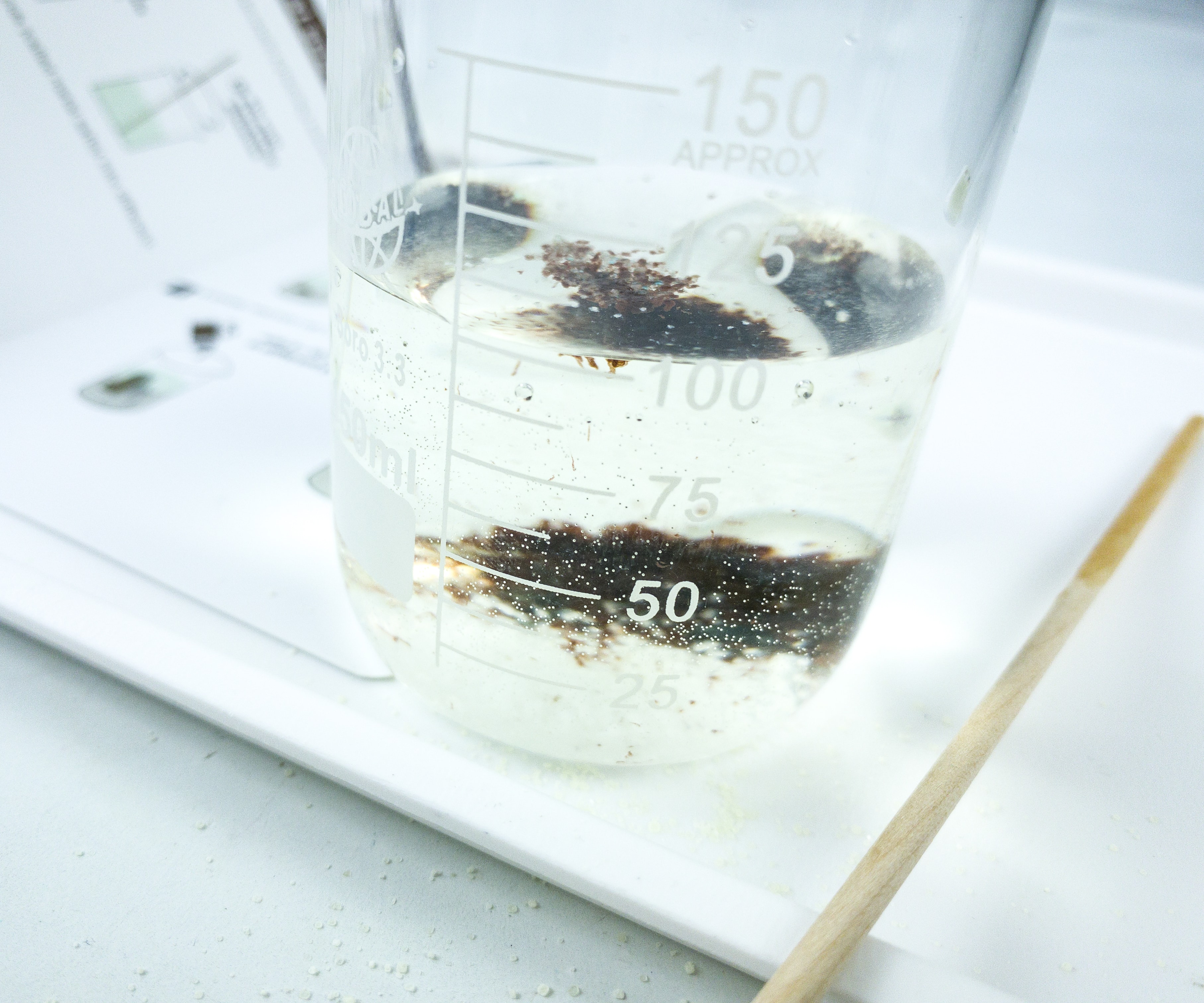
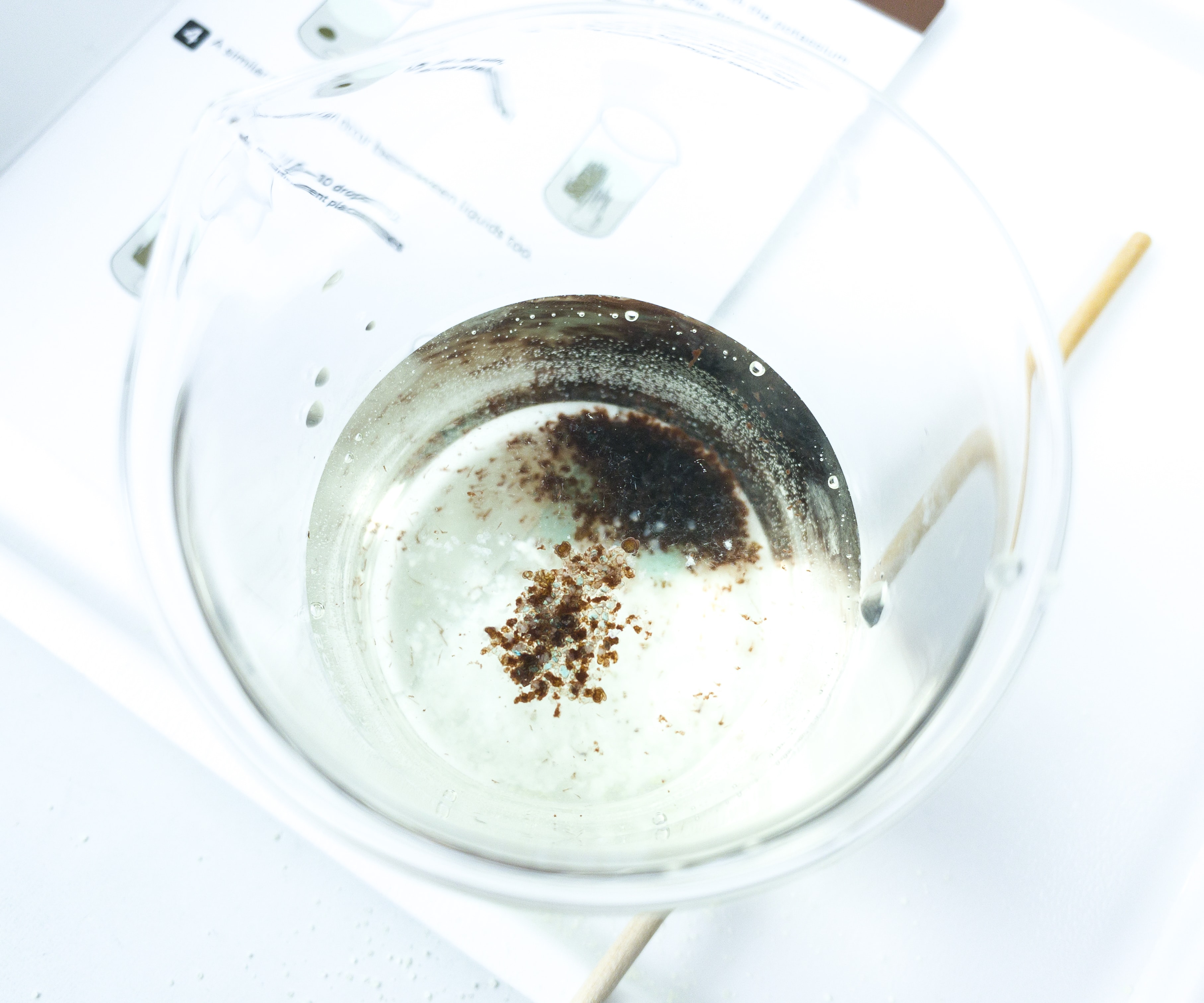
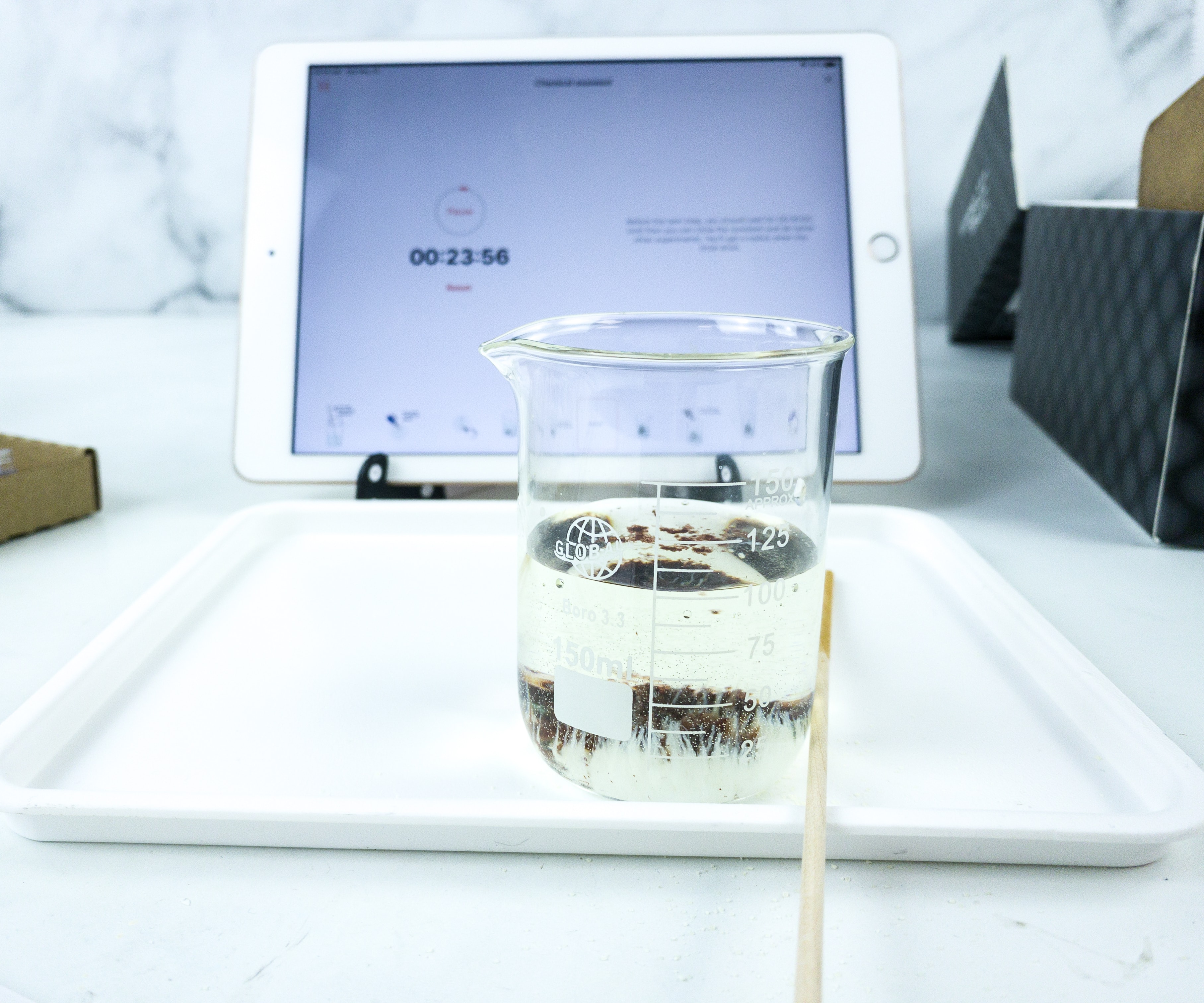
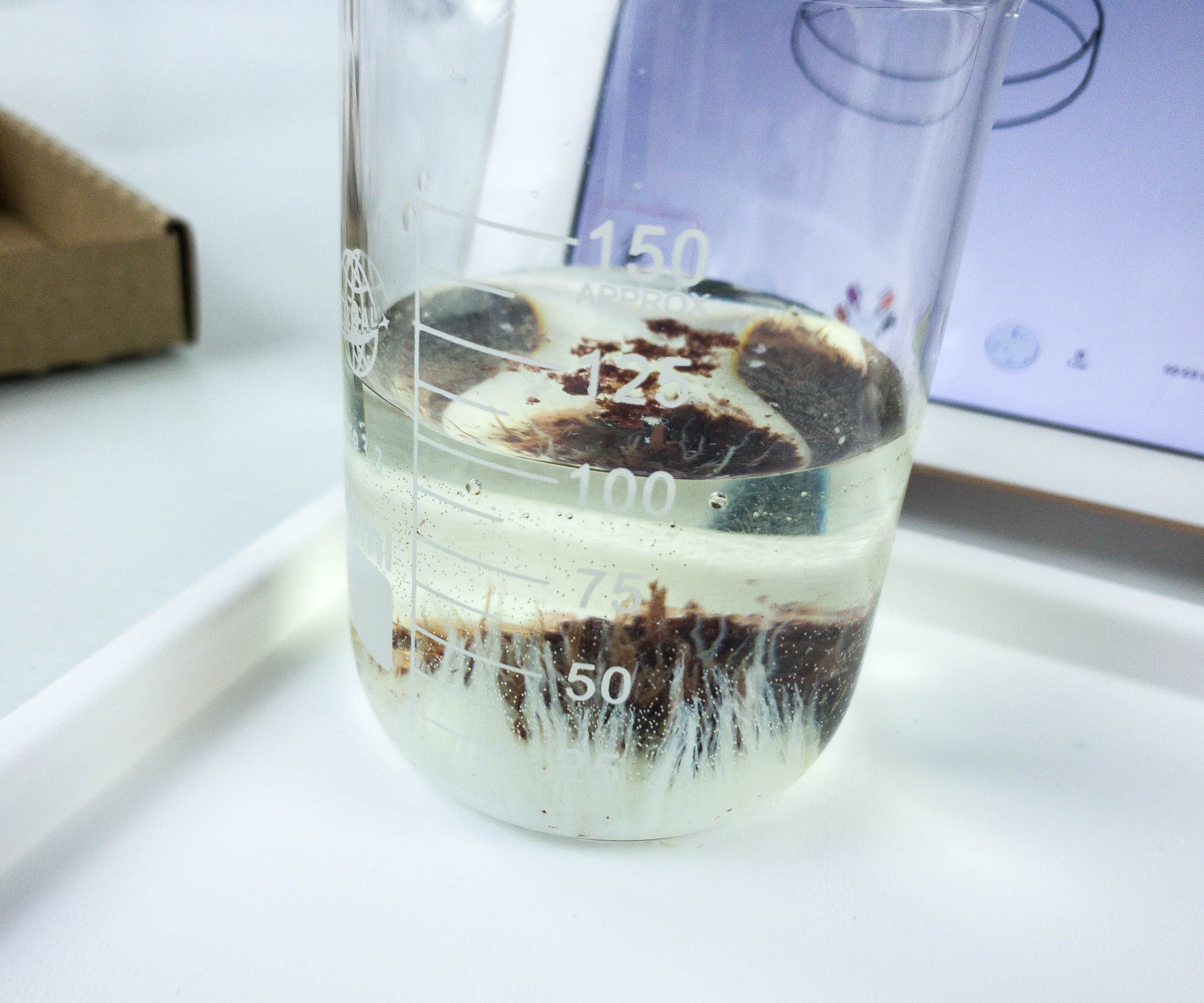
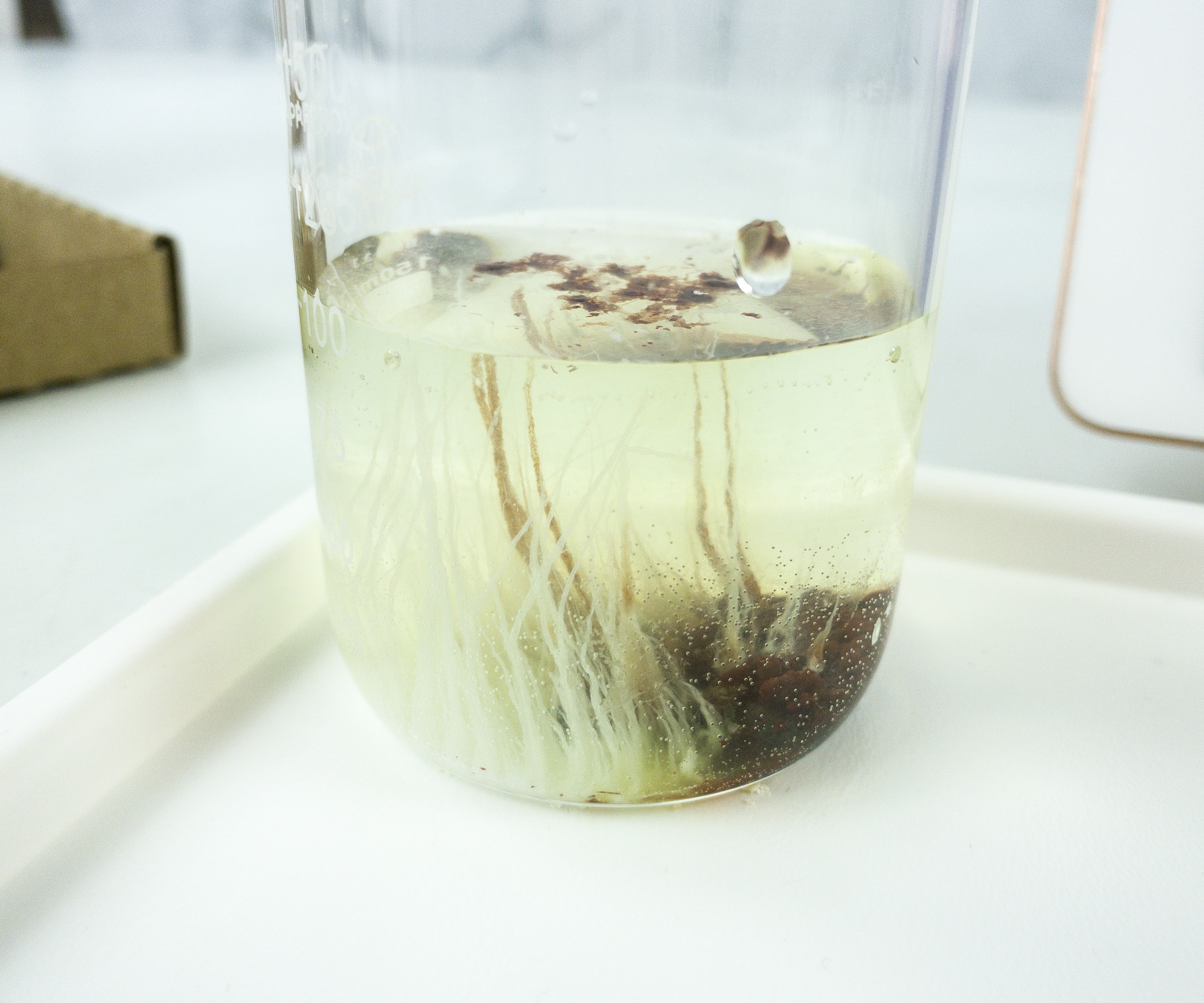
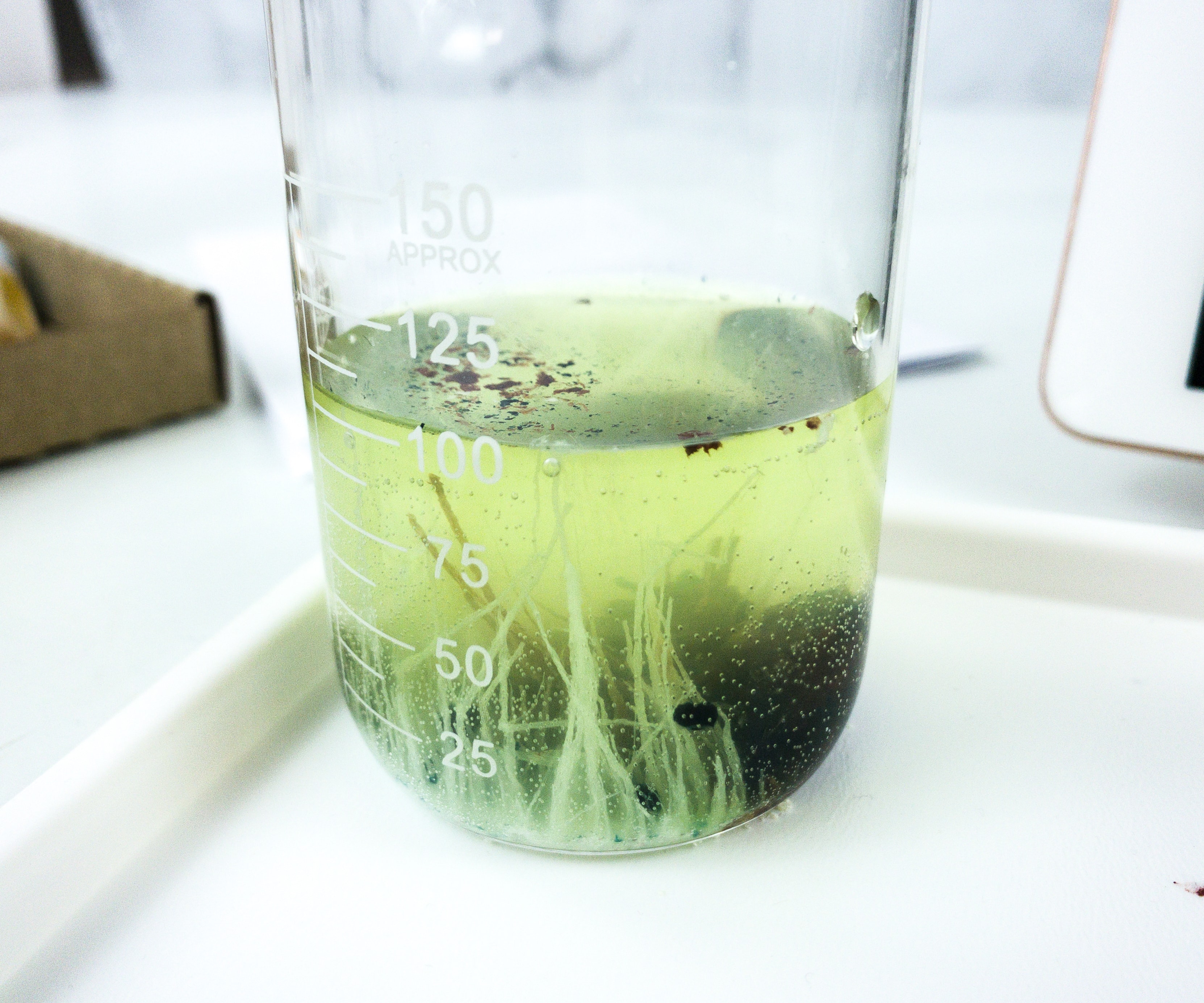
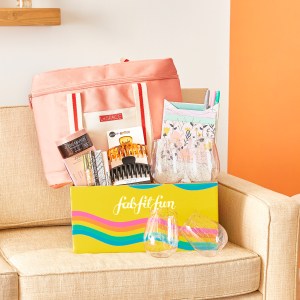
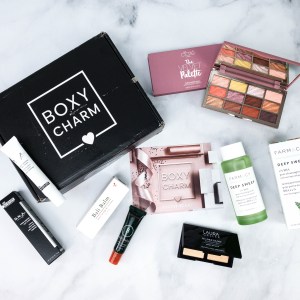
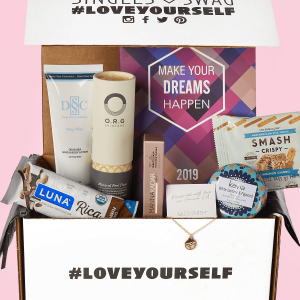
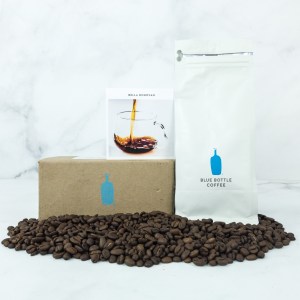
Comments